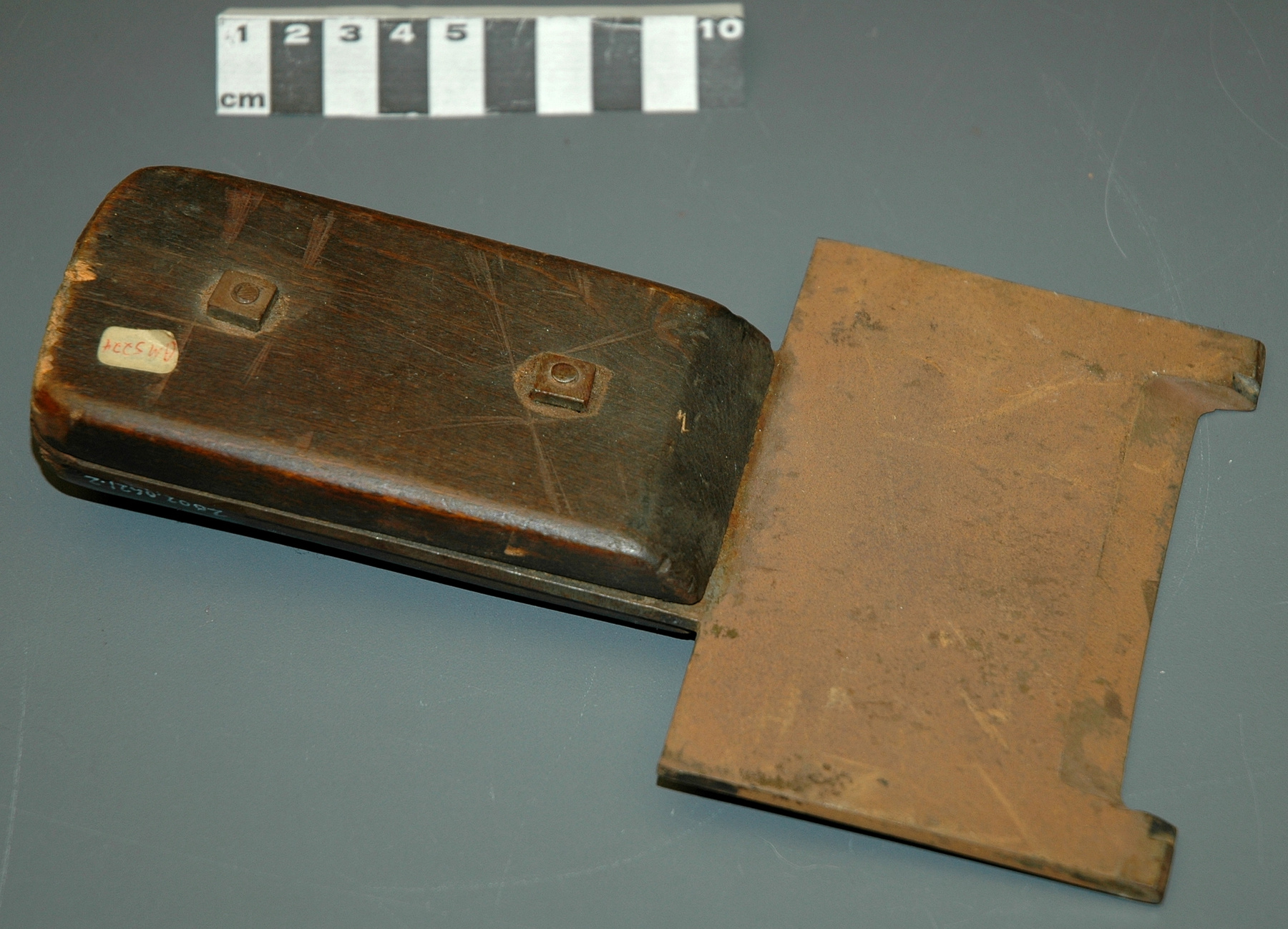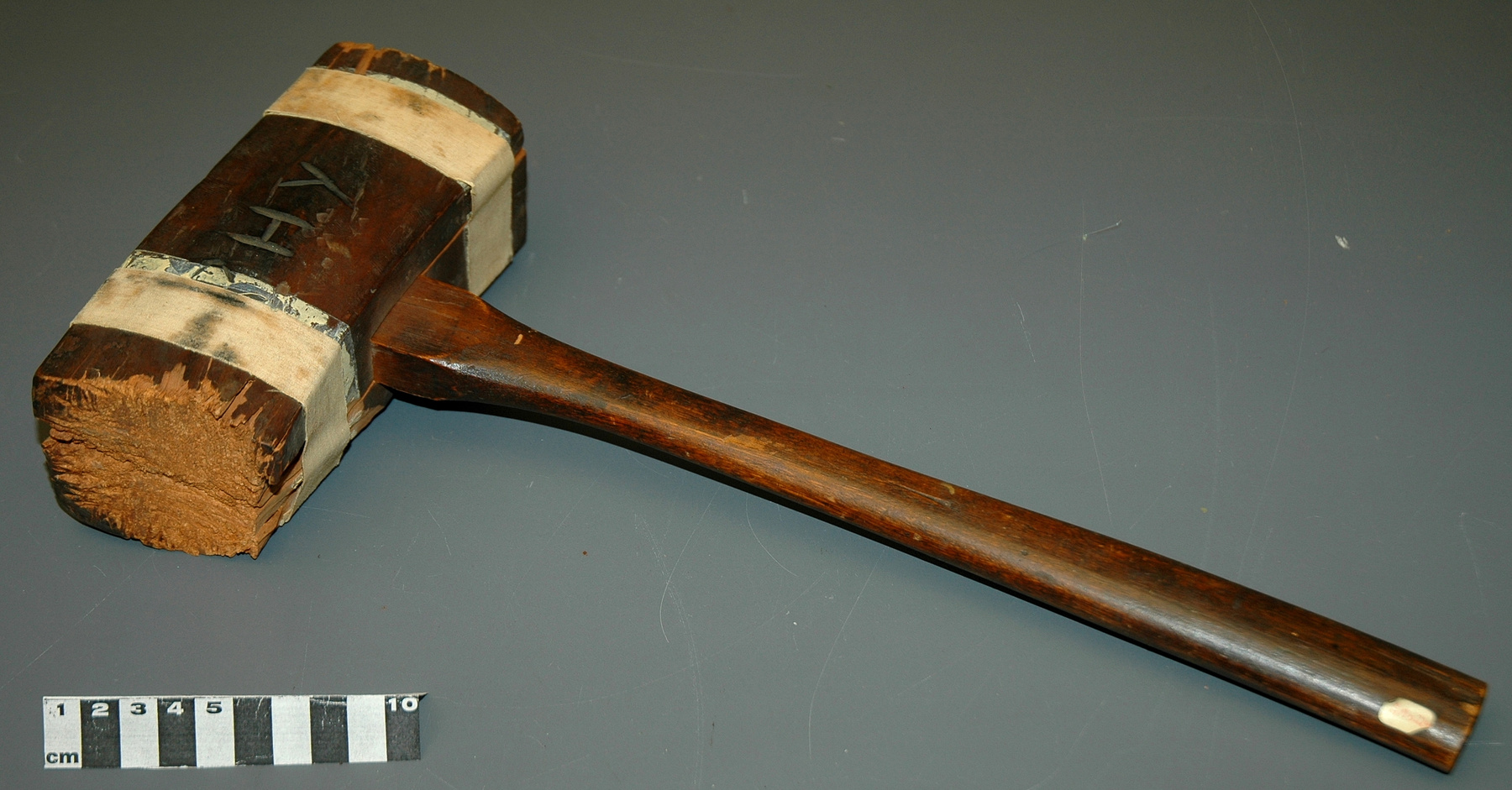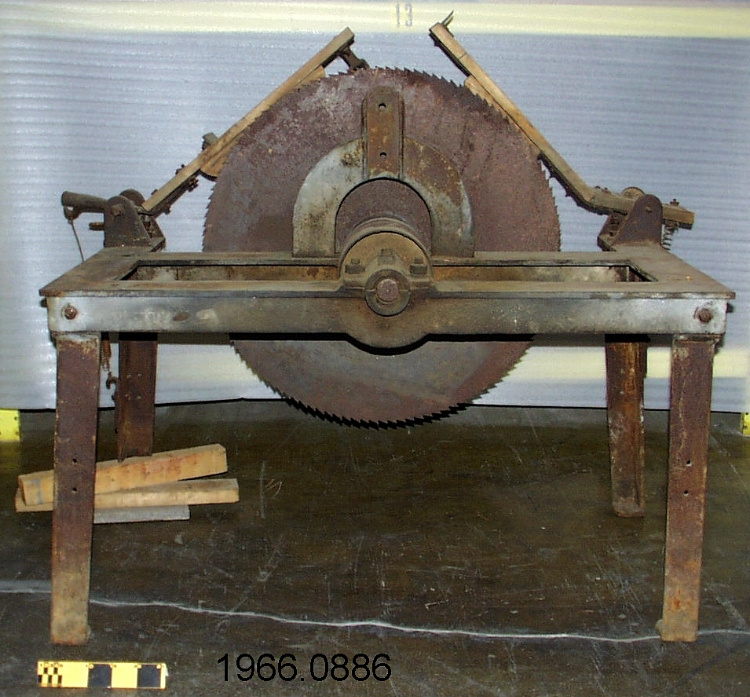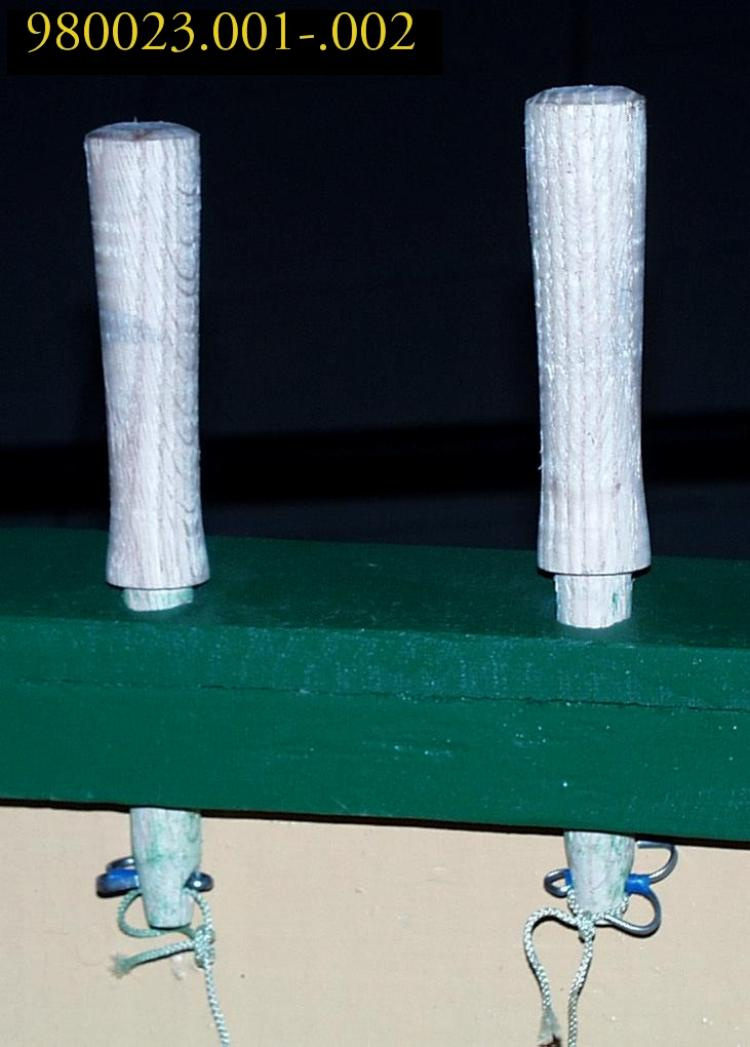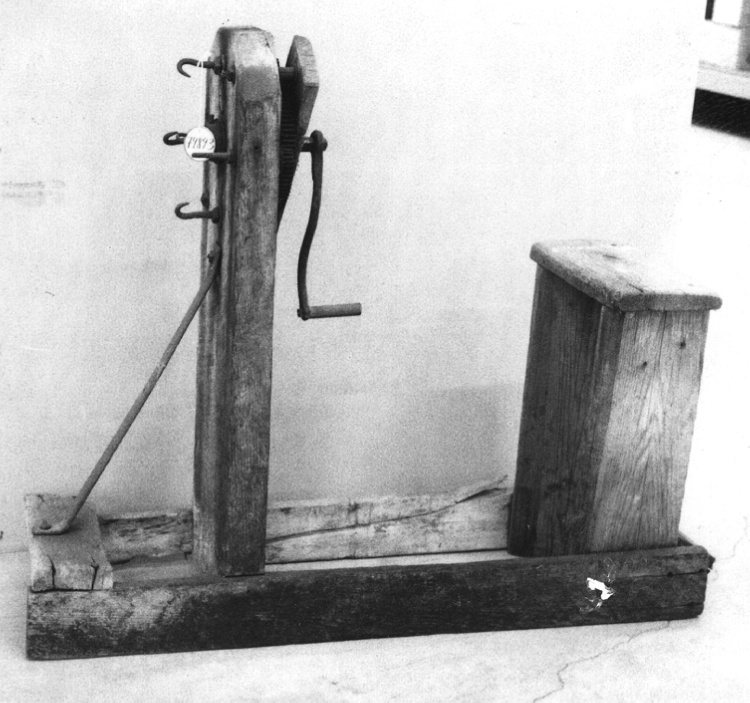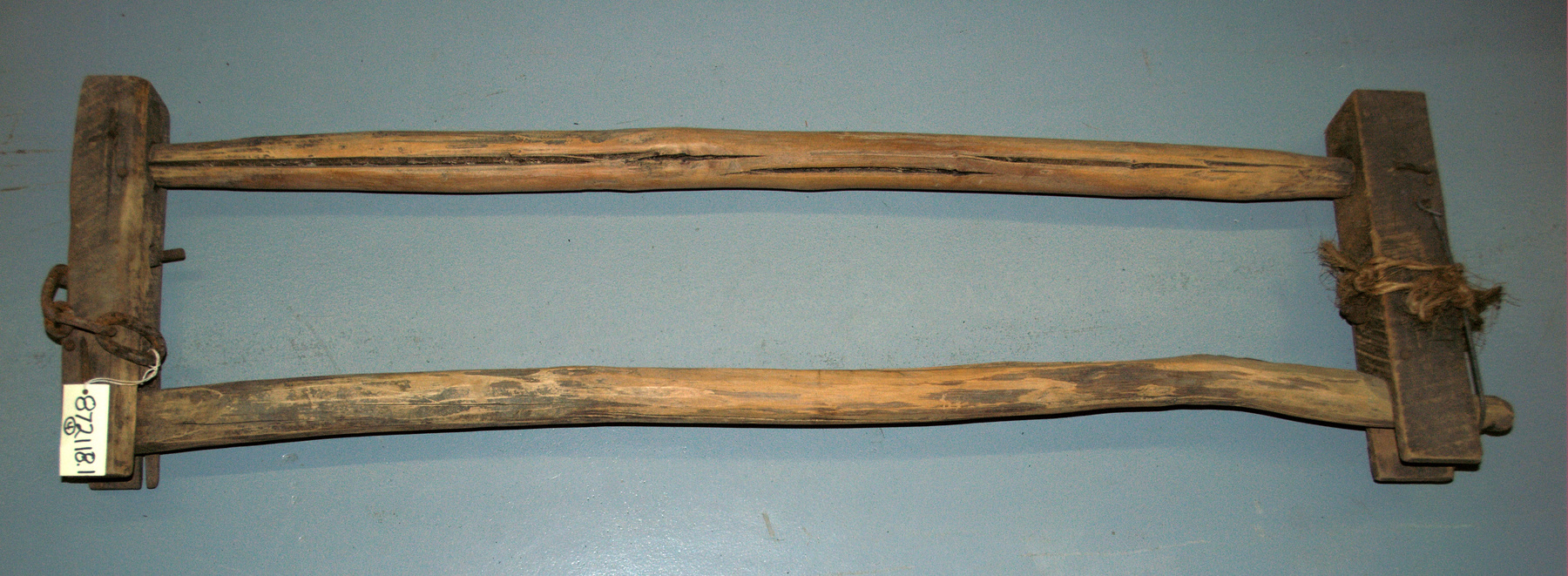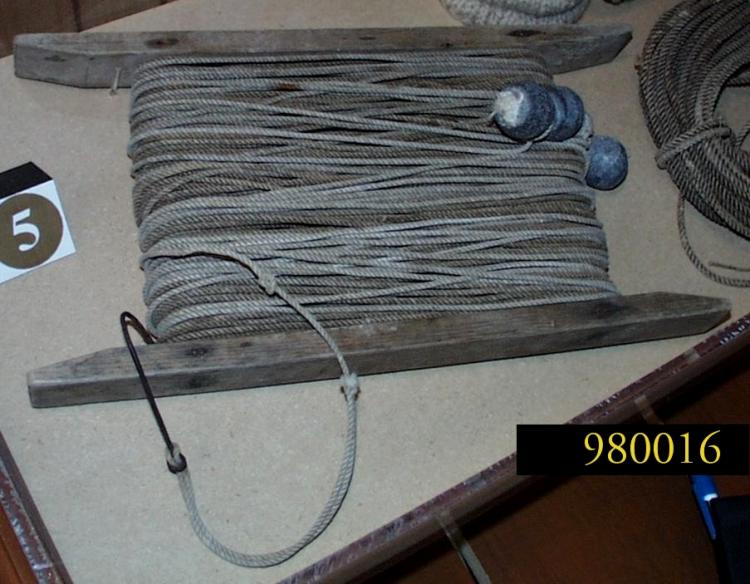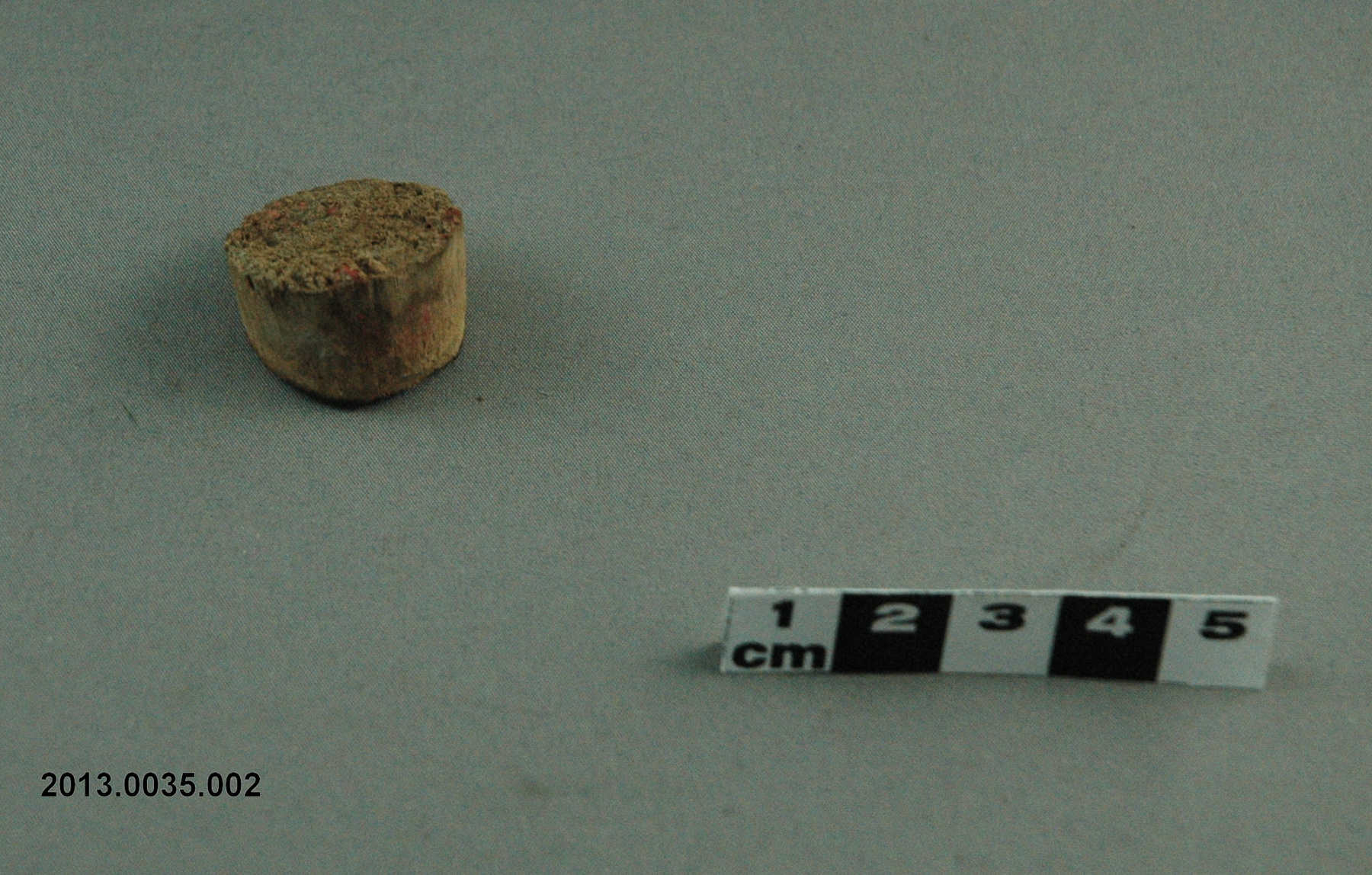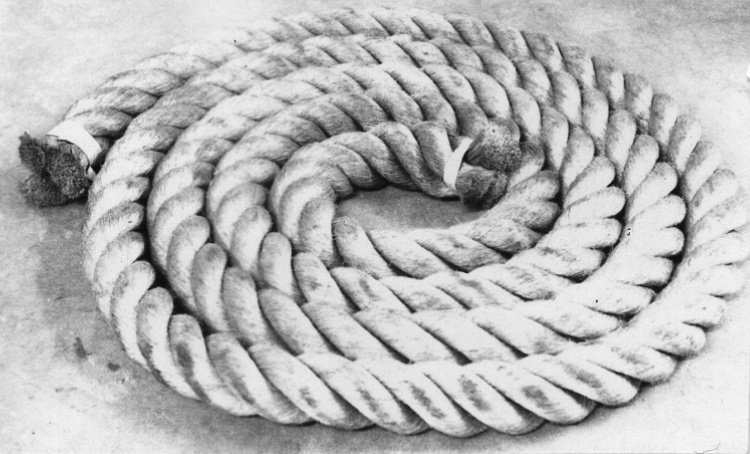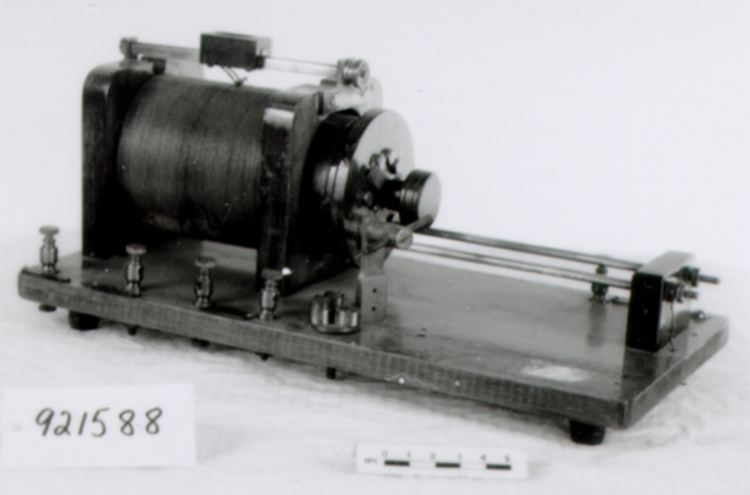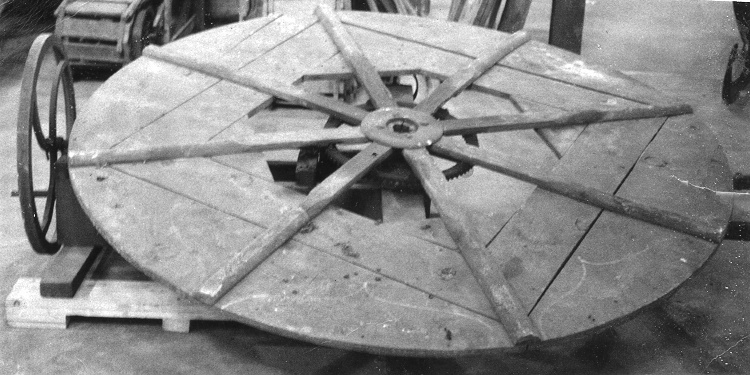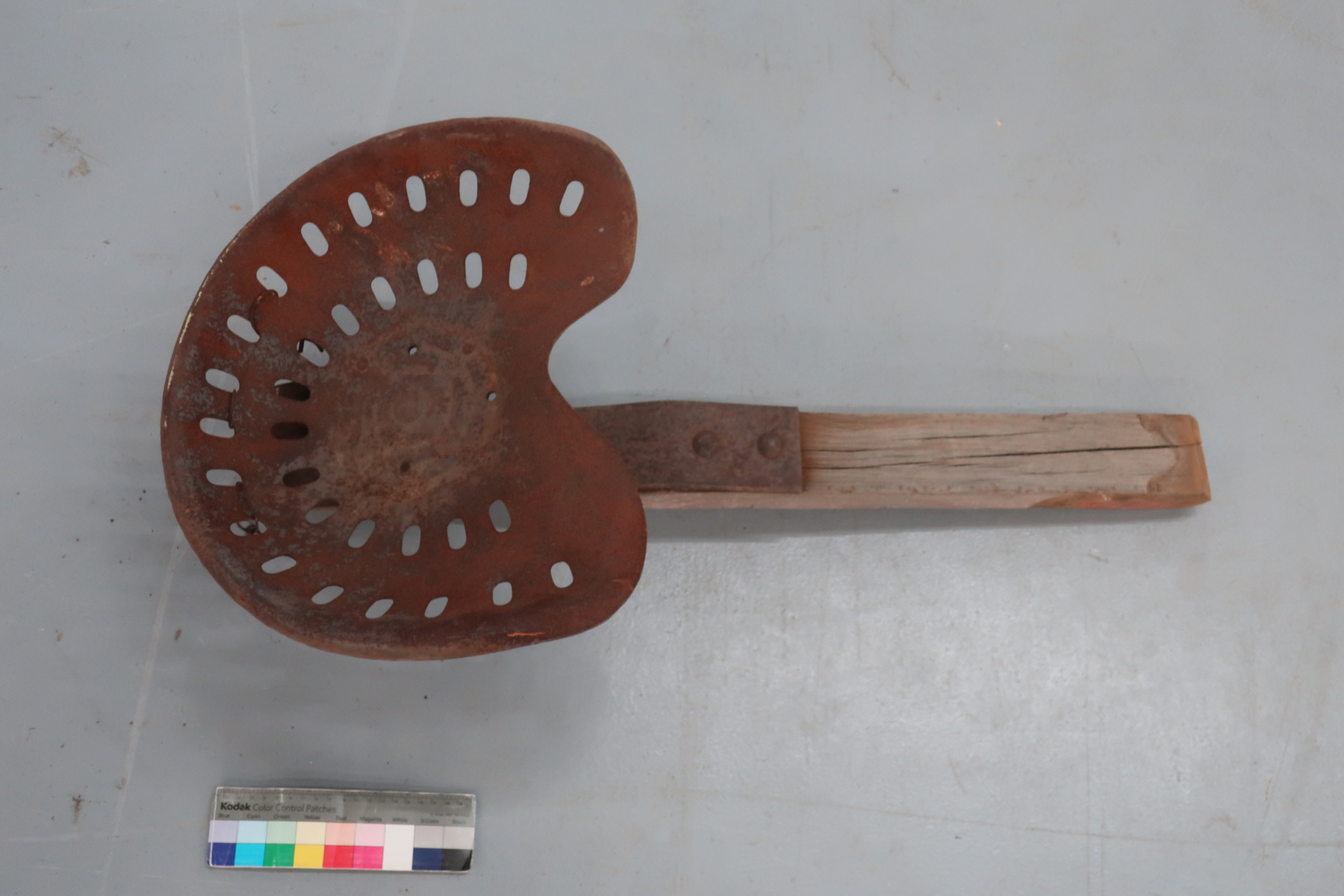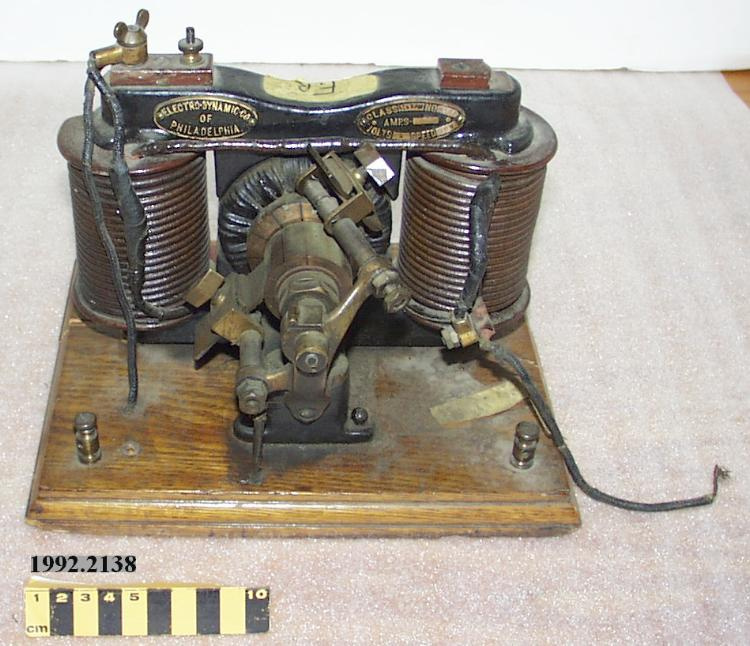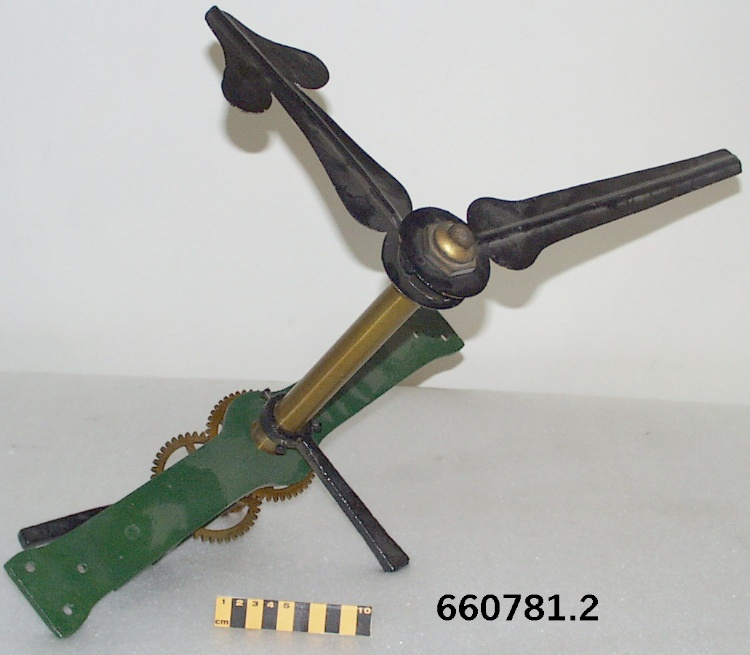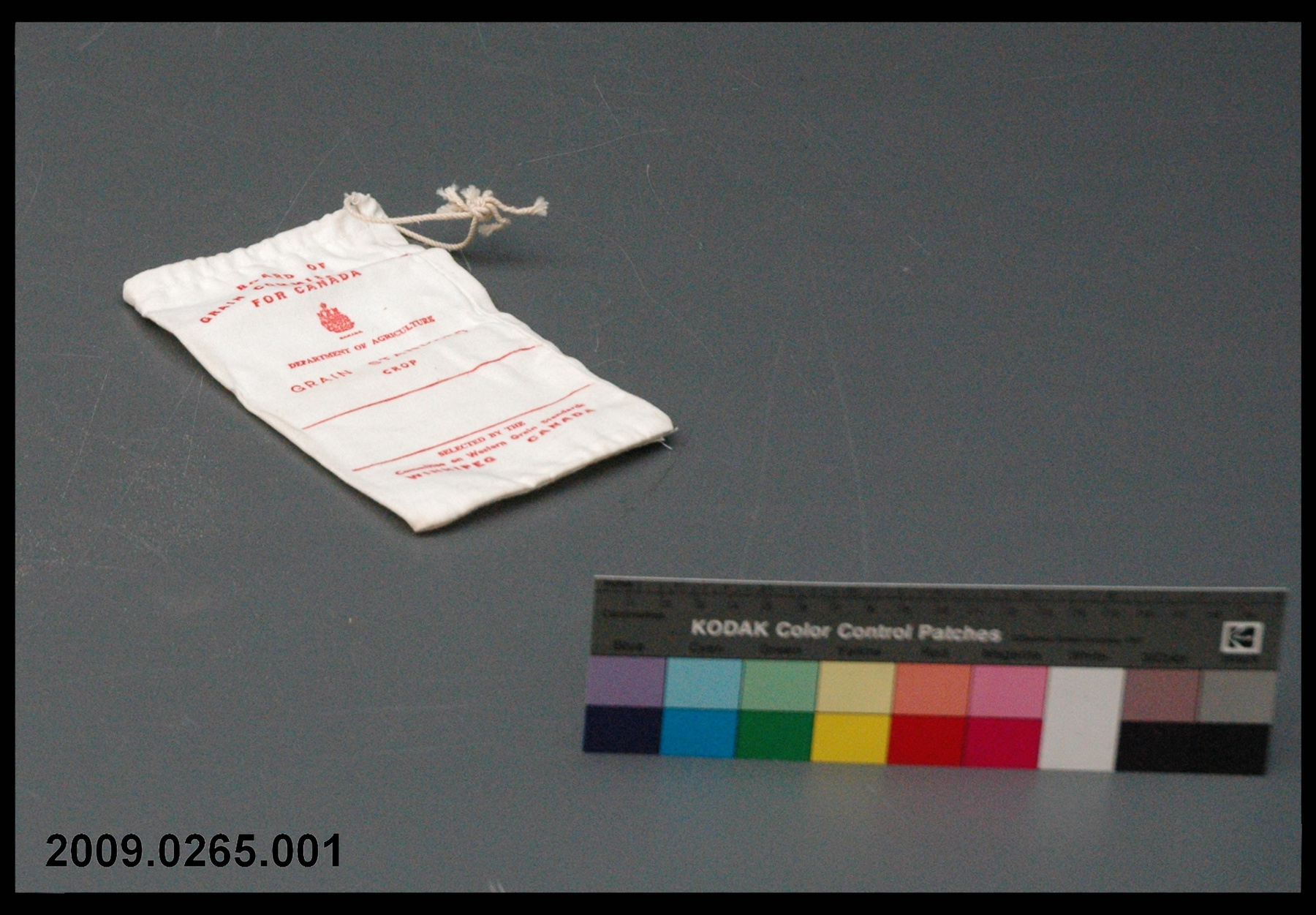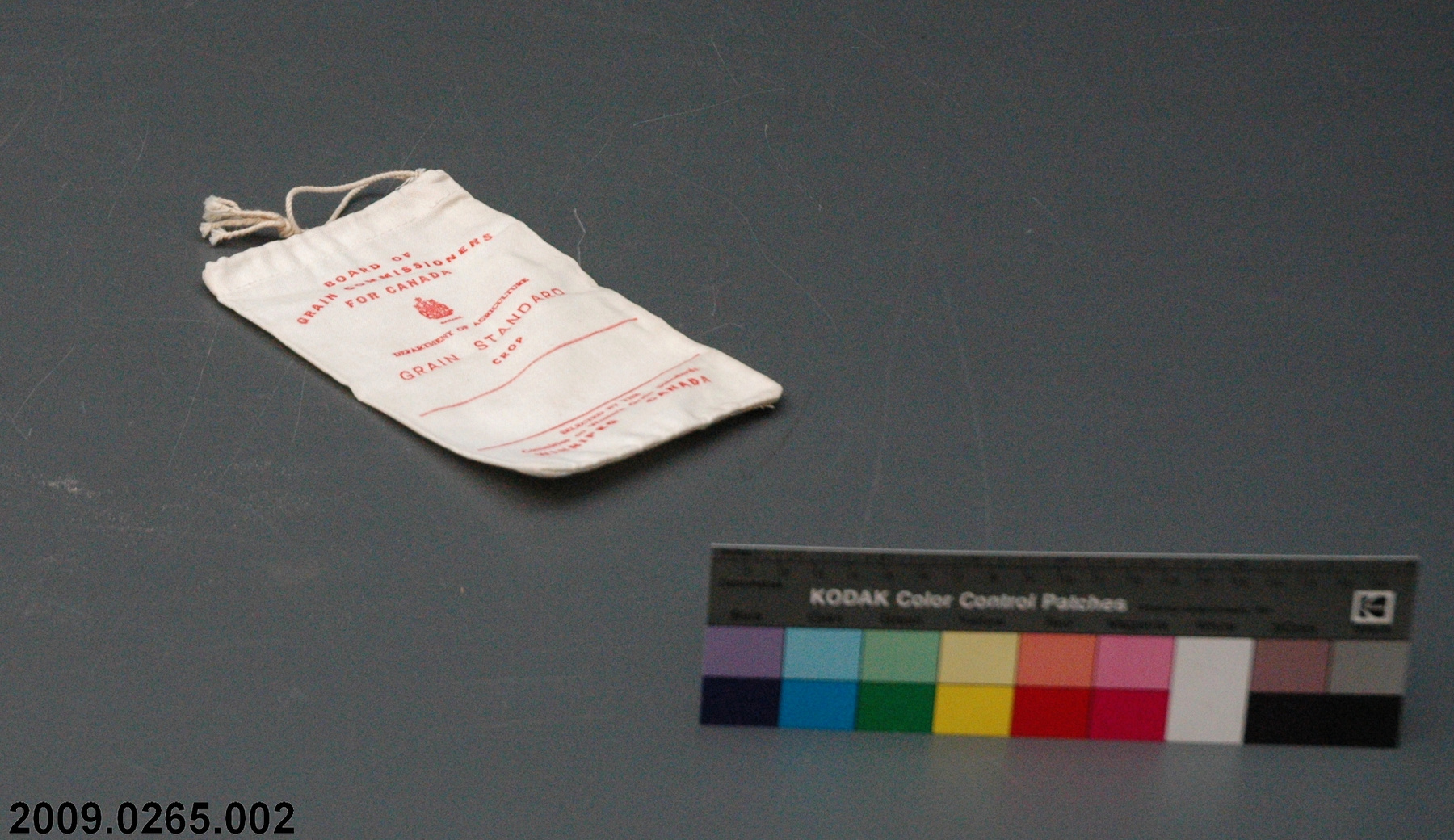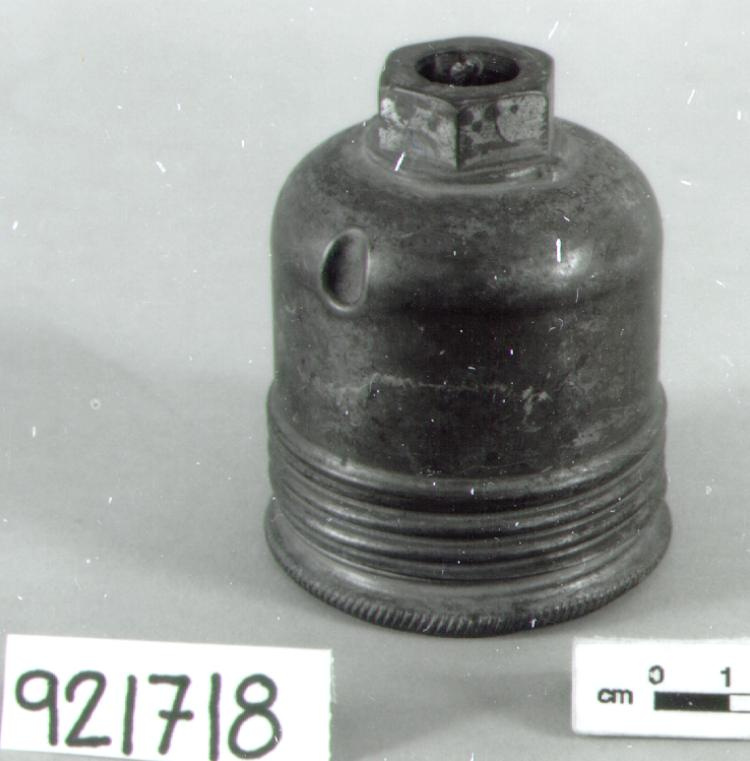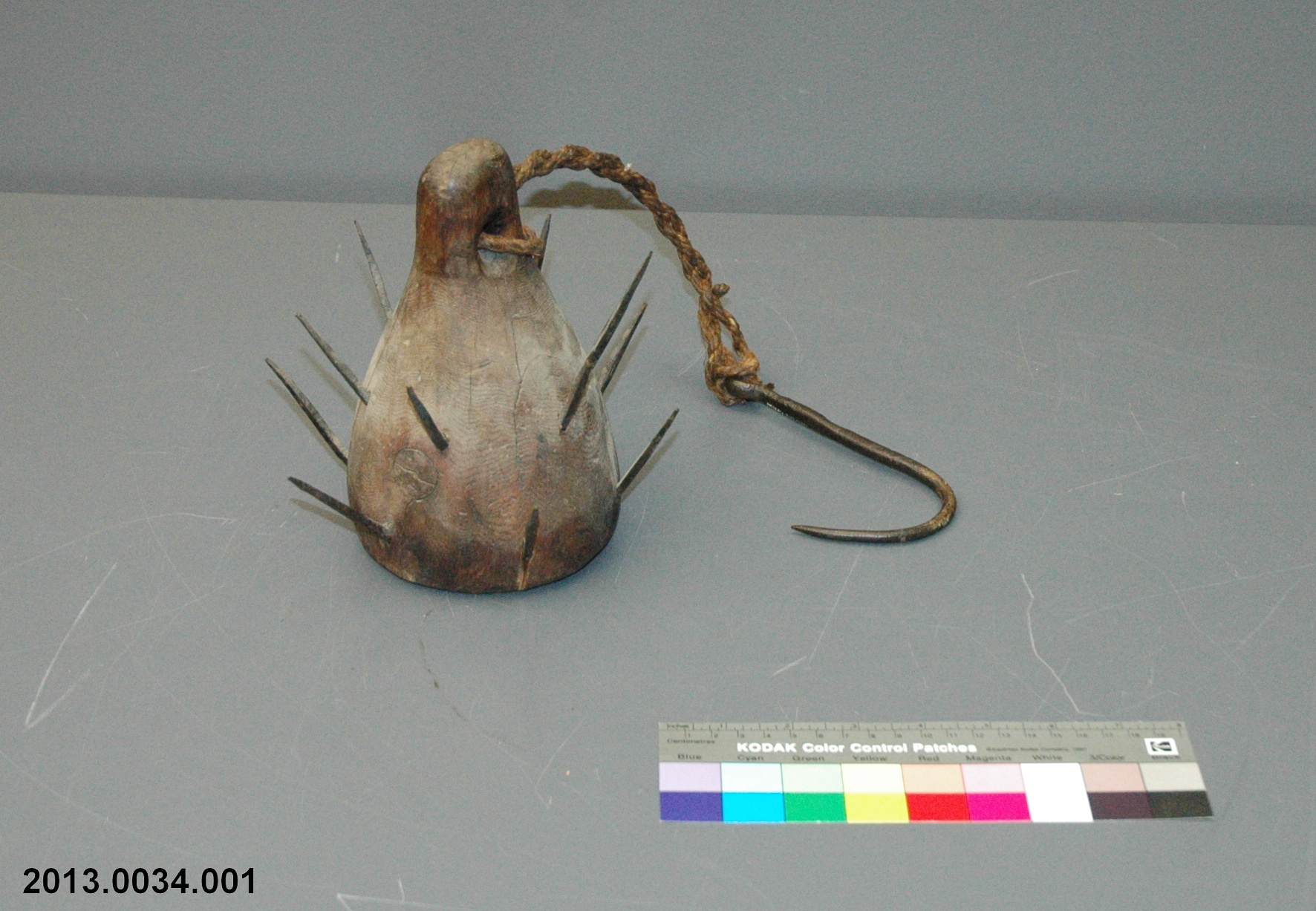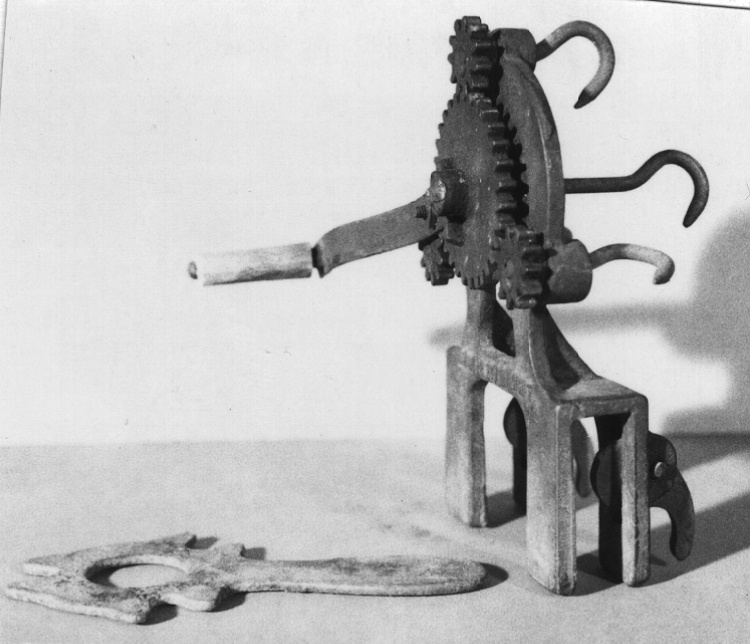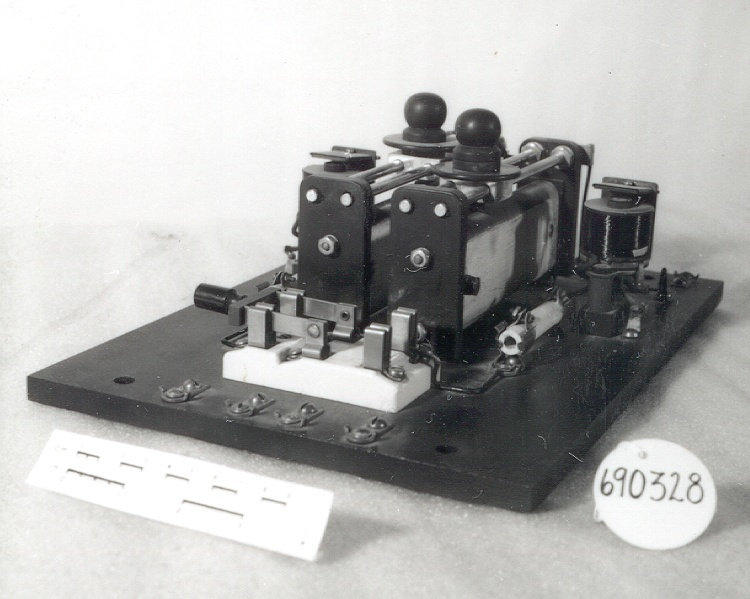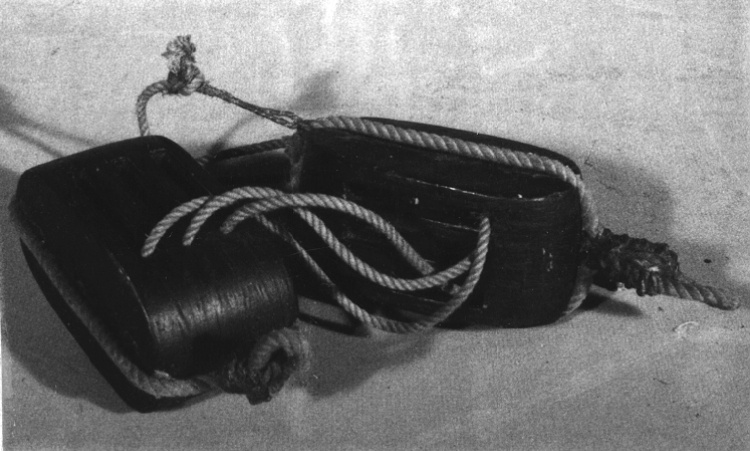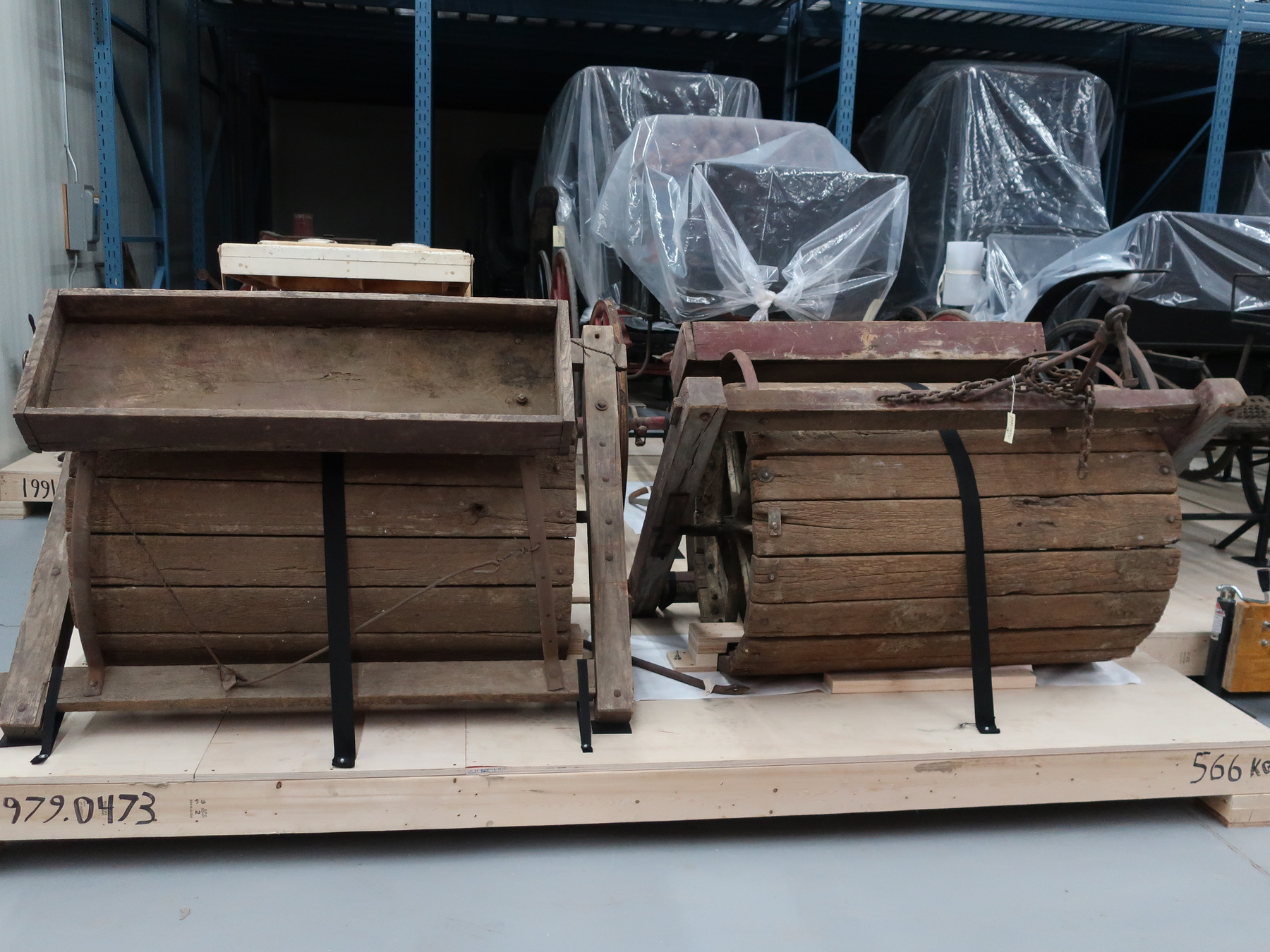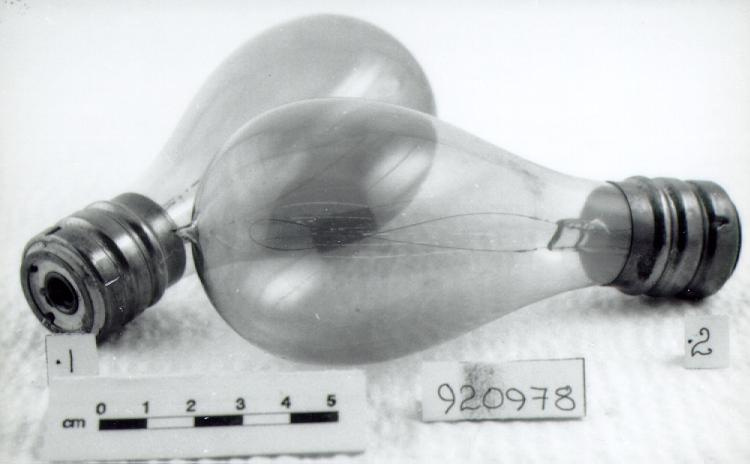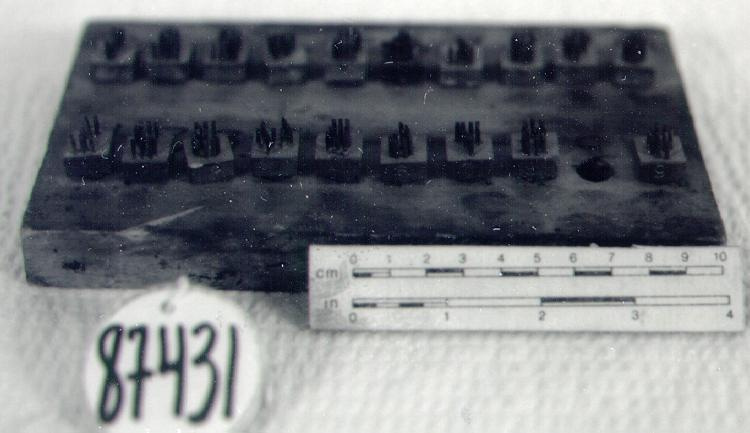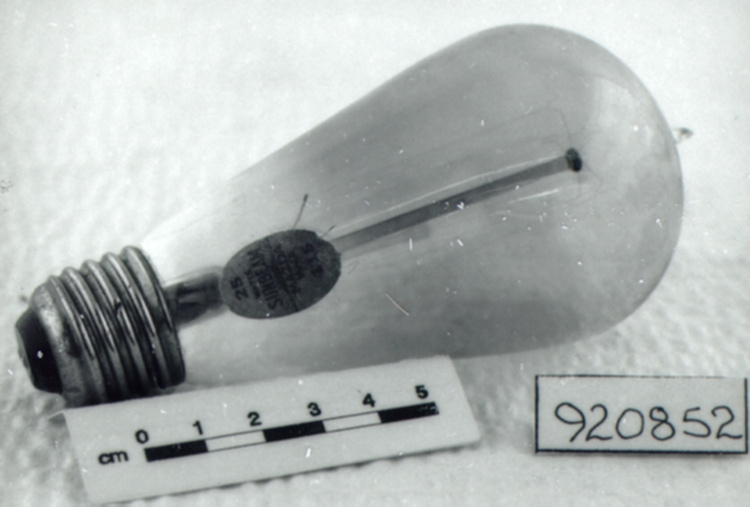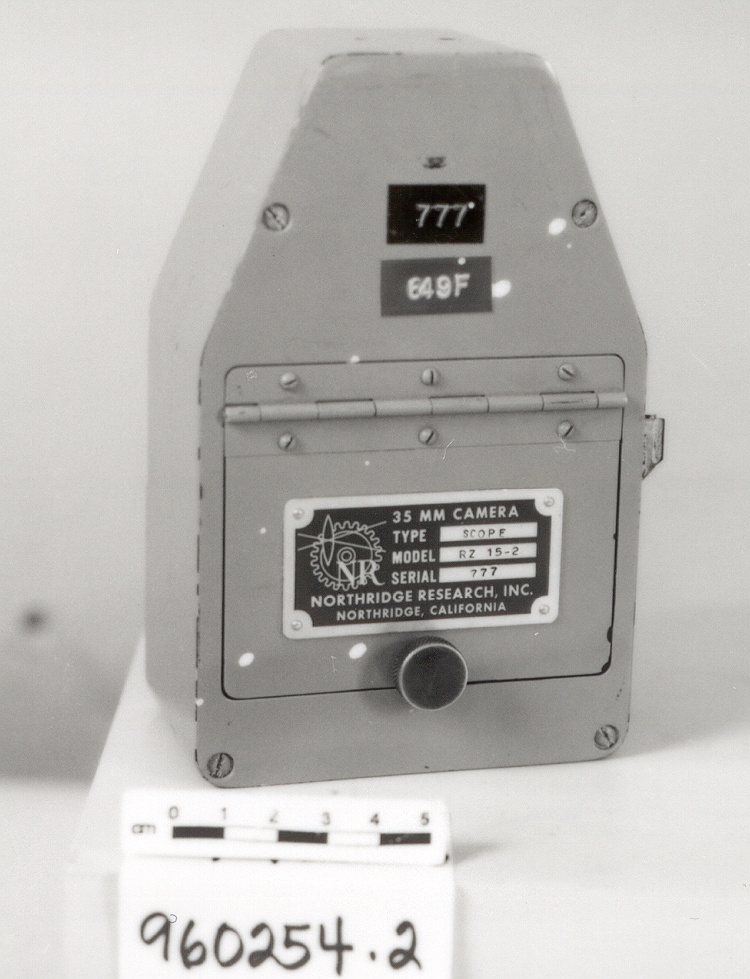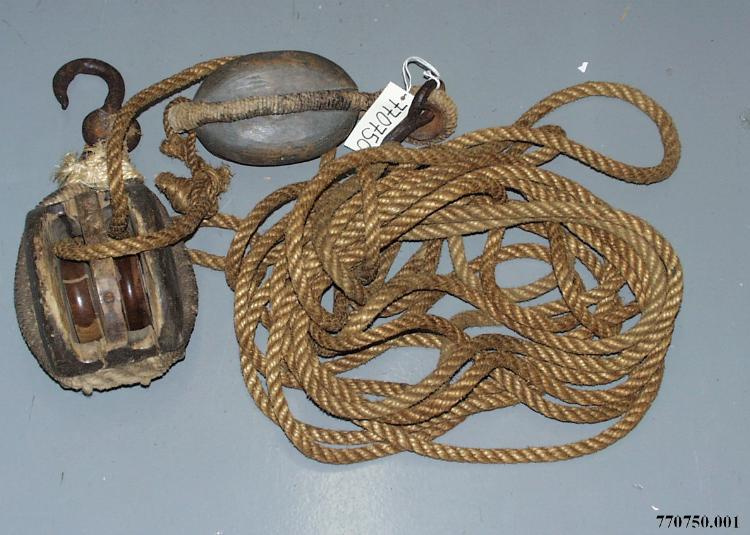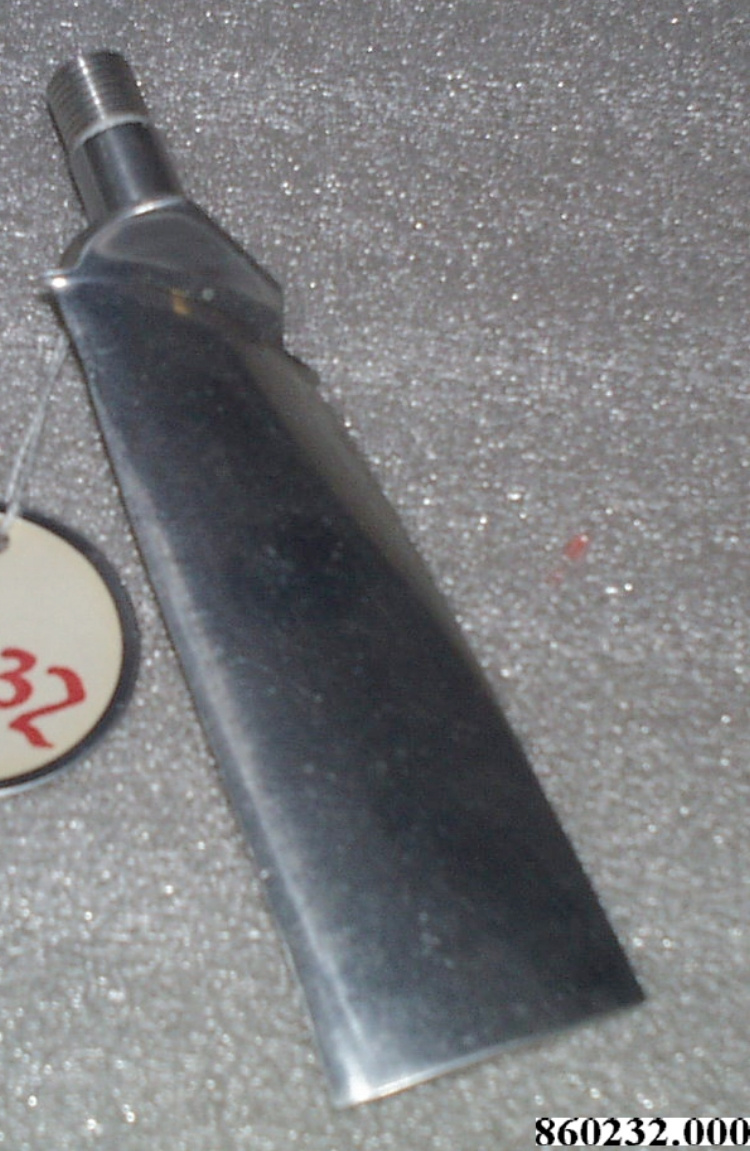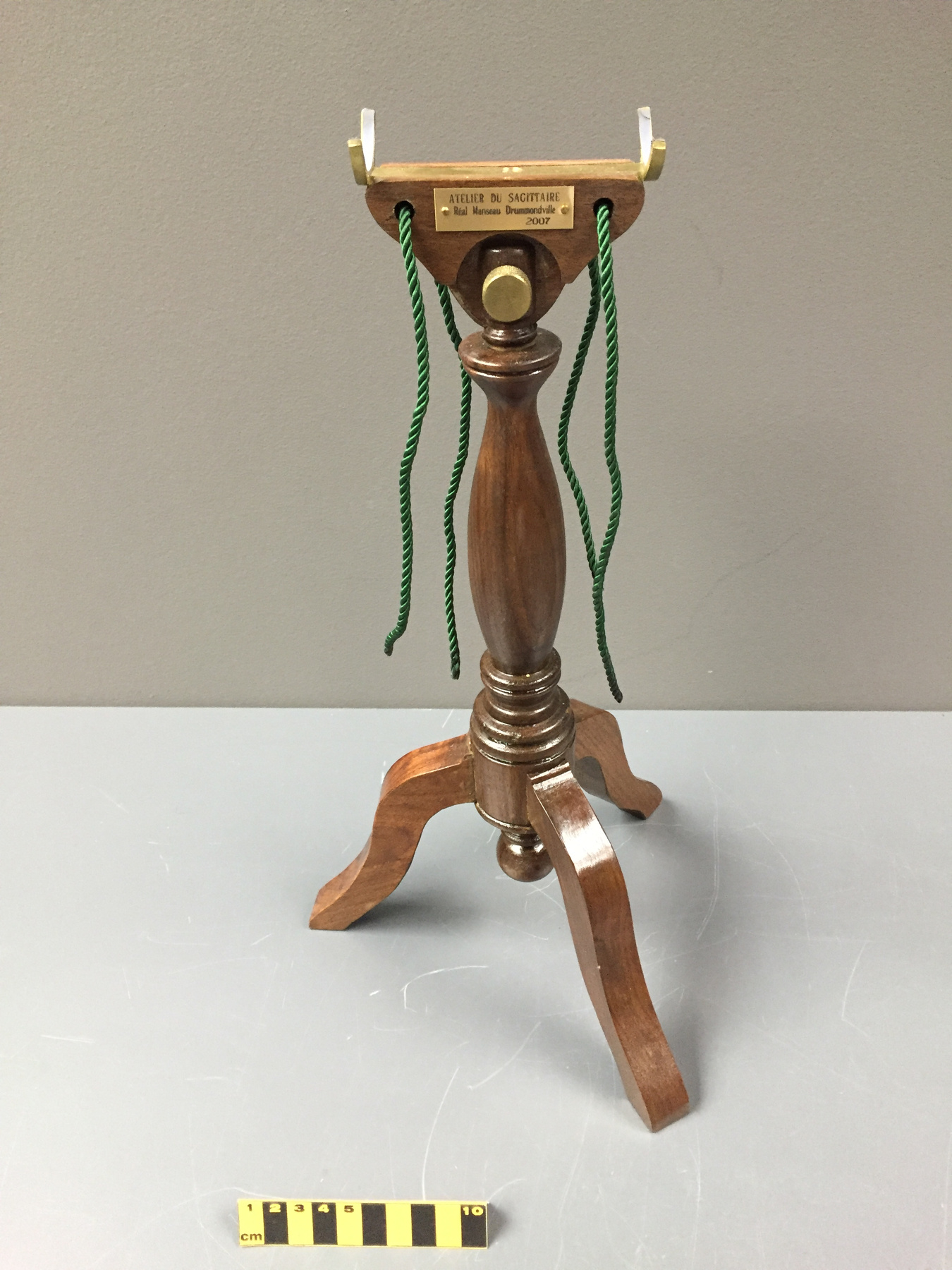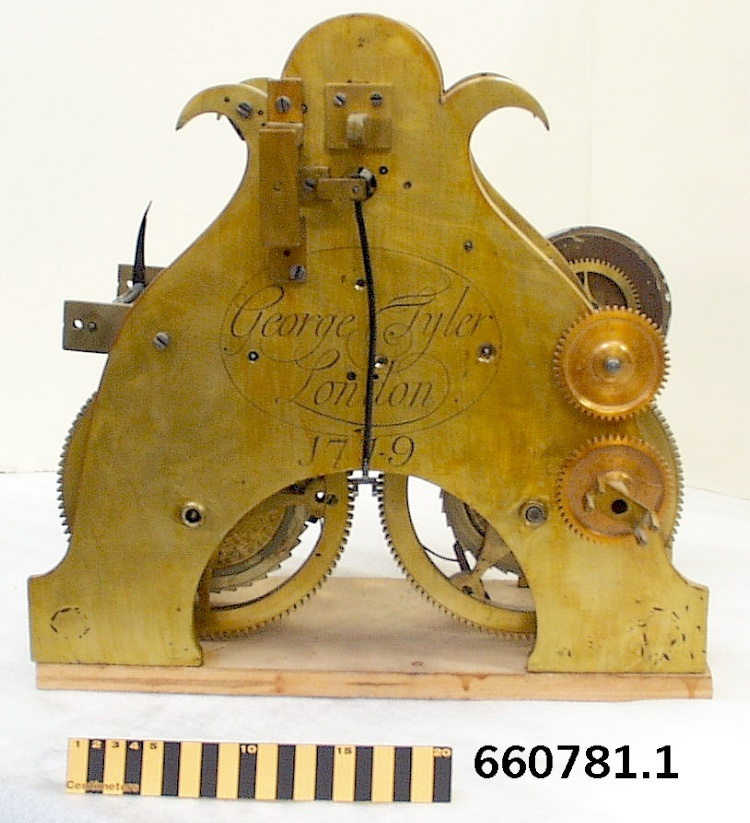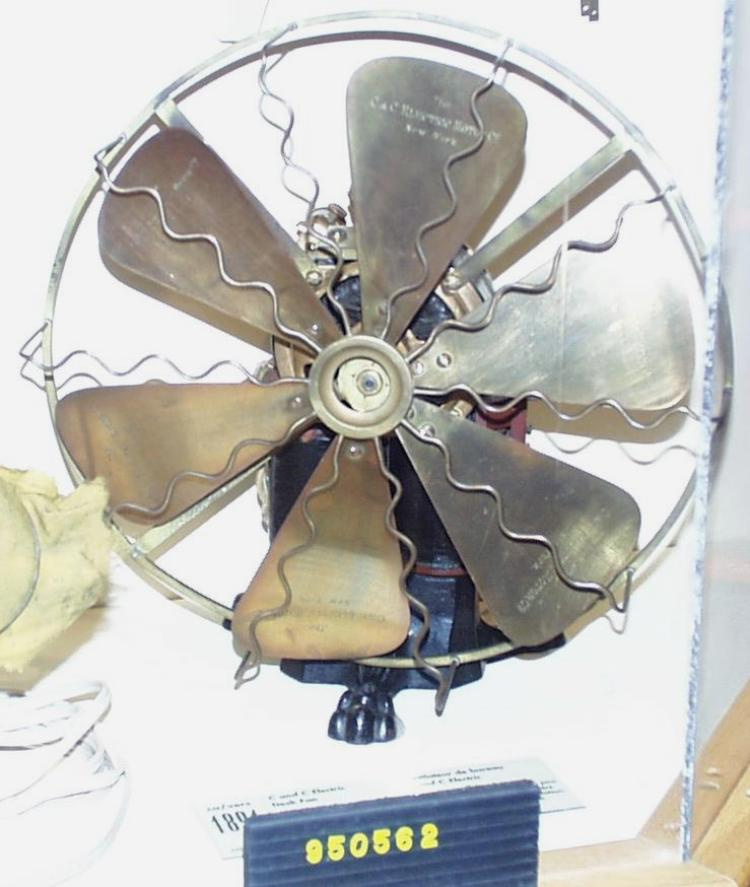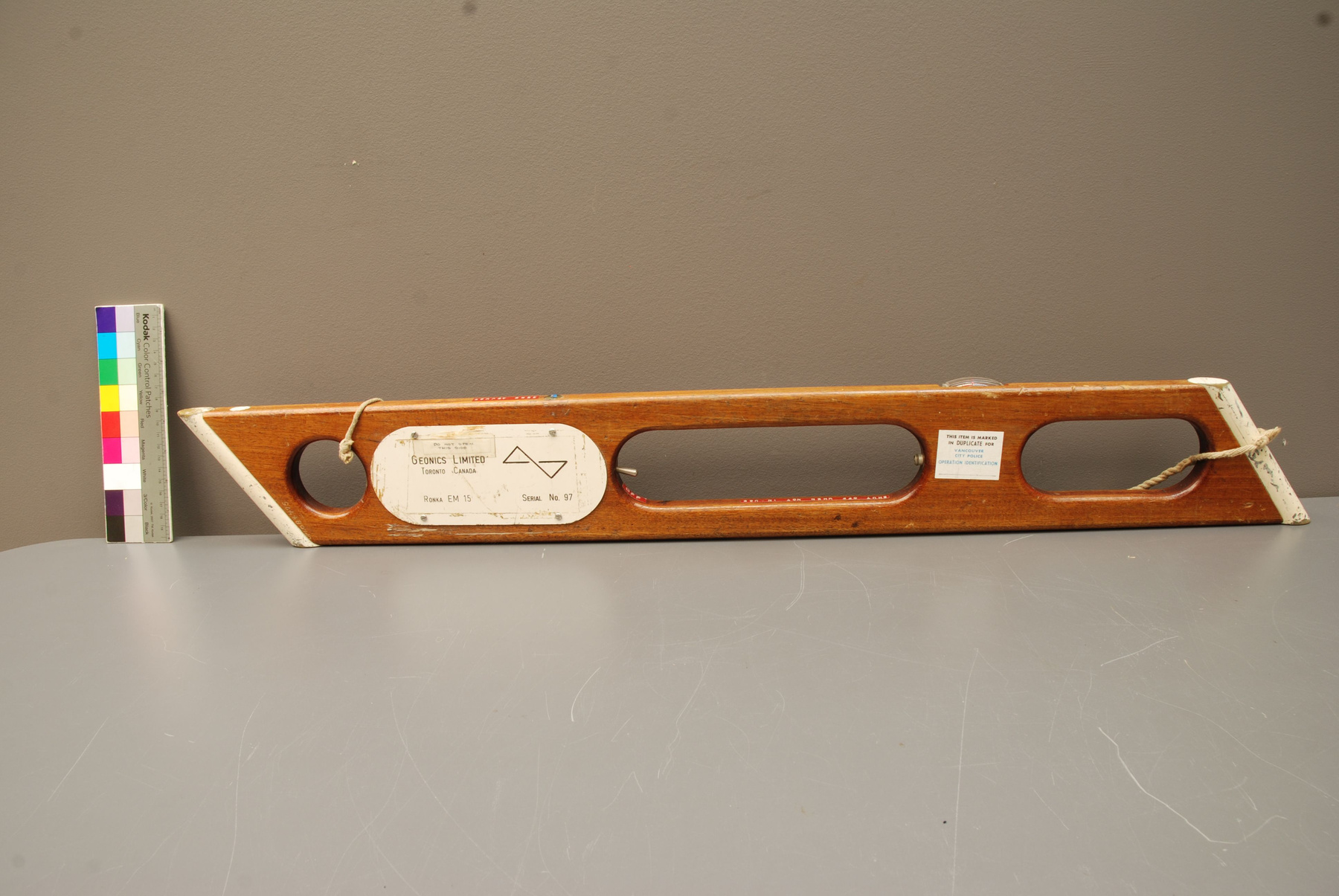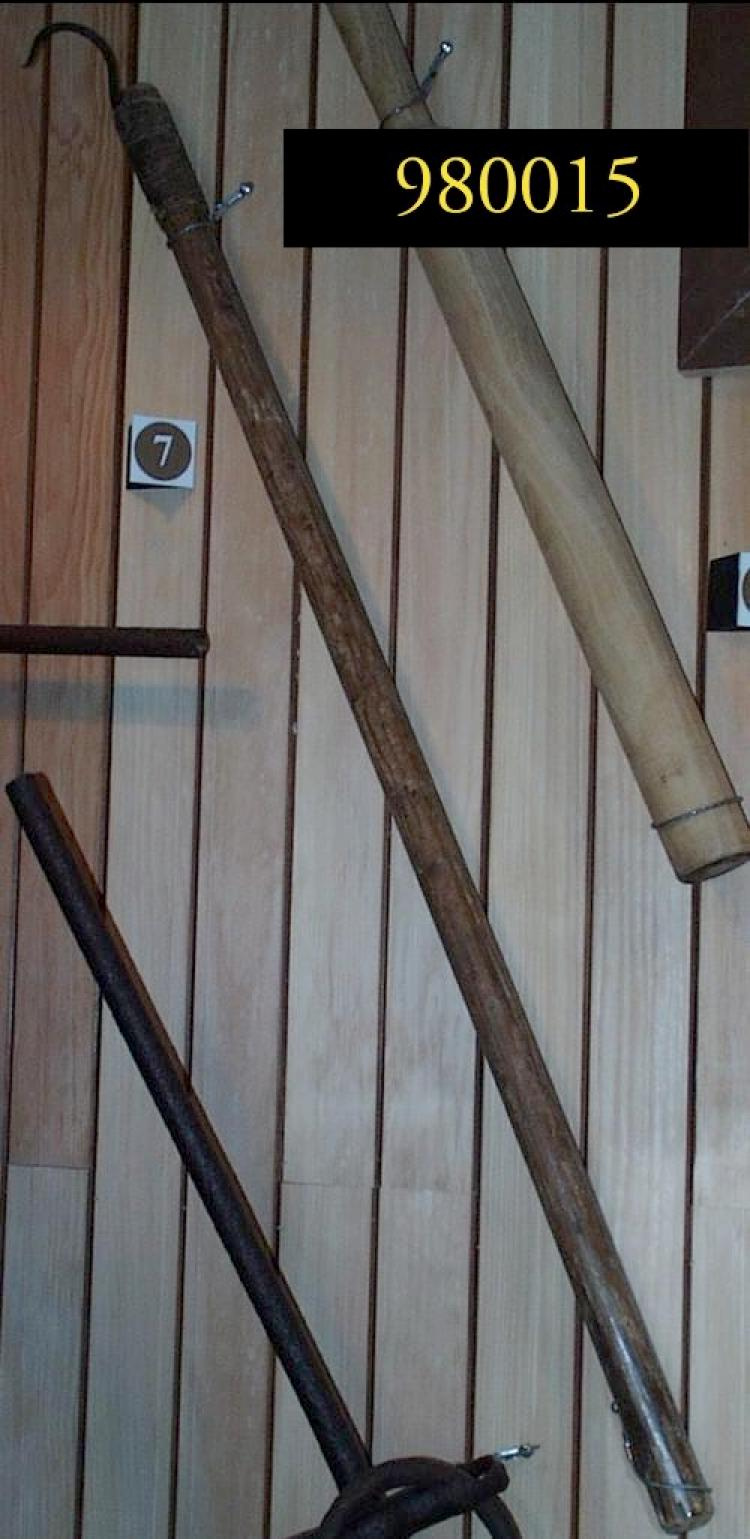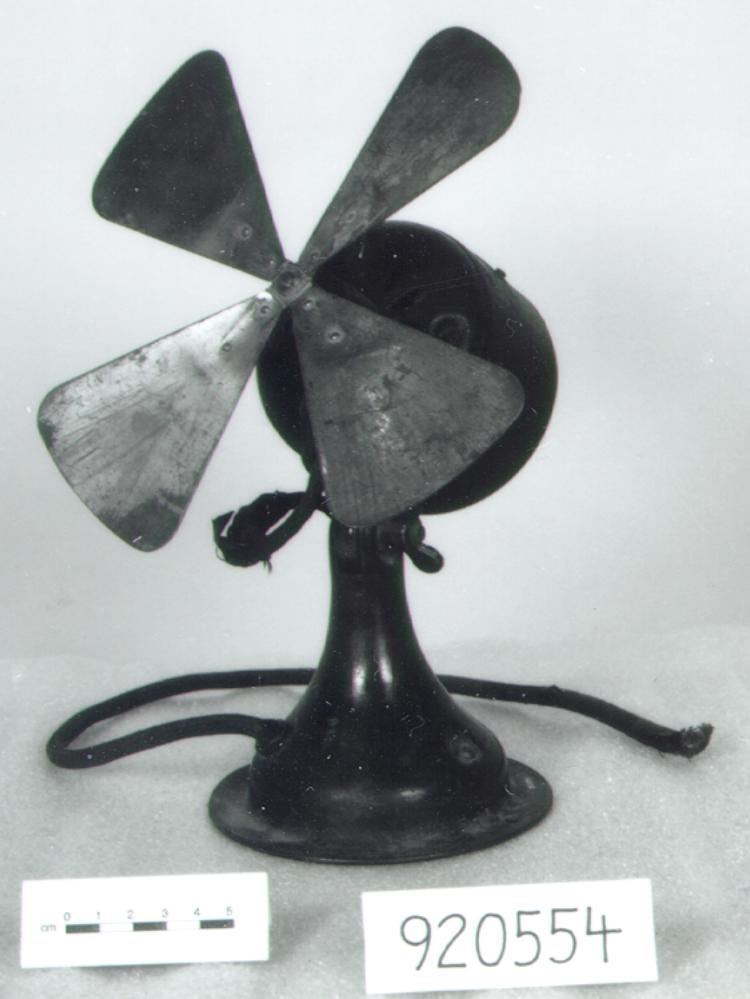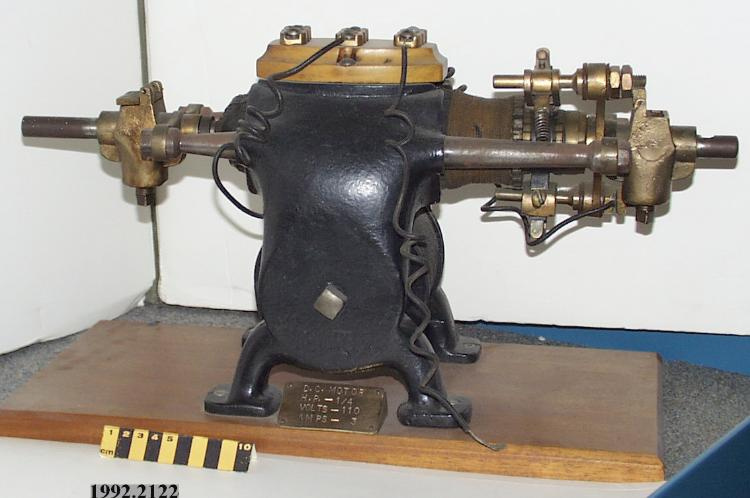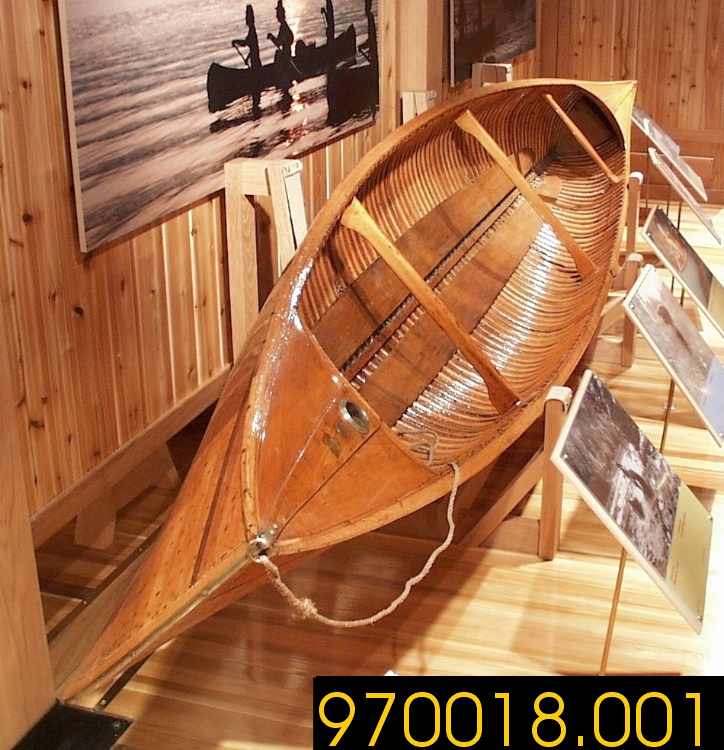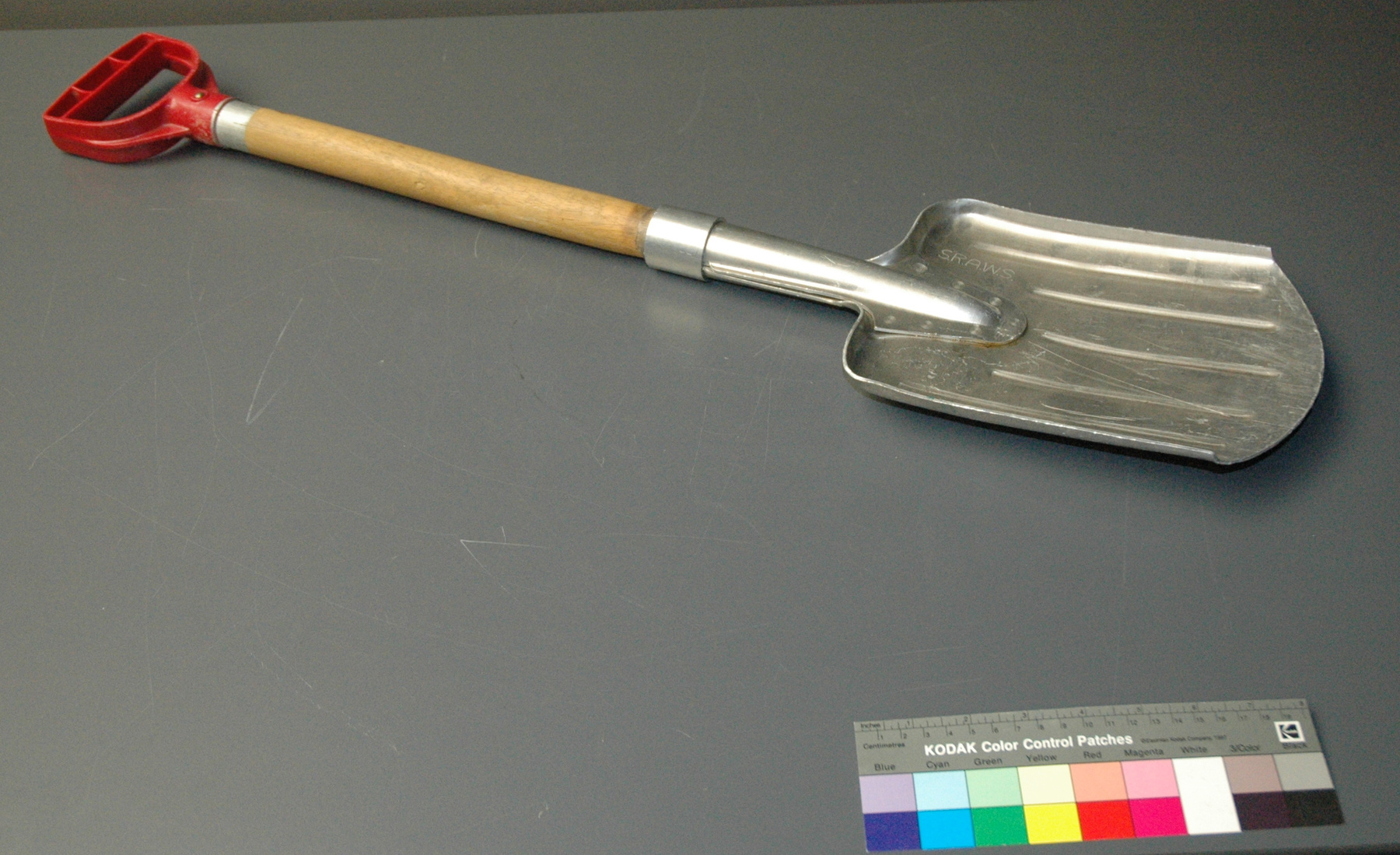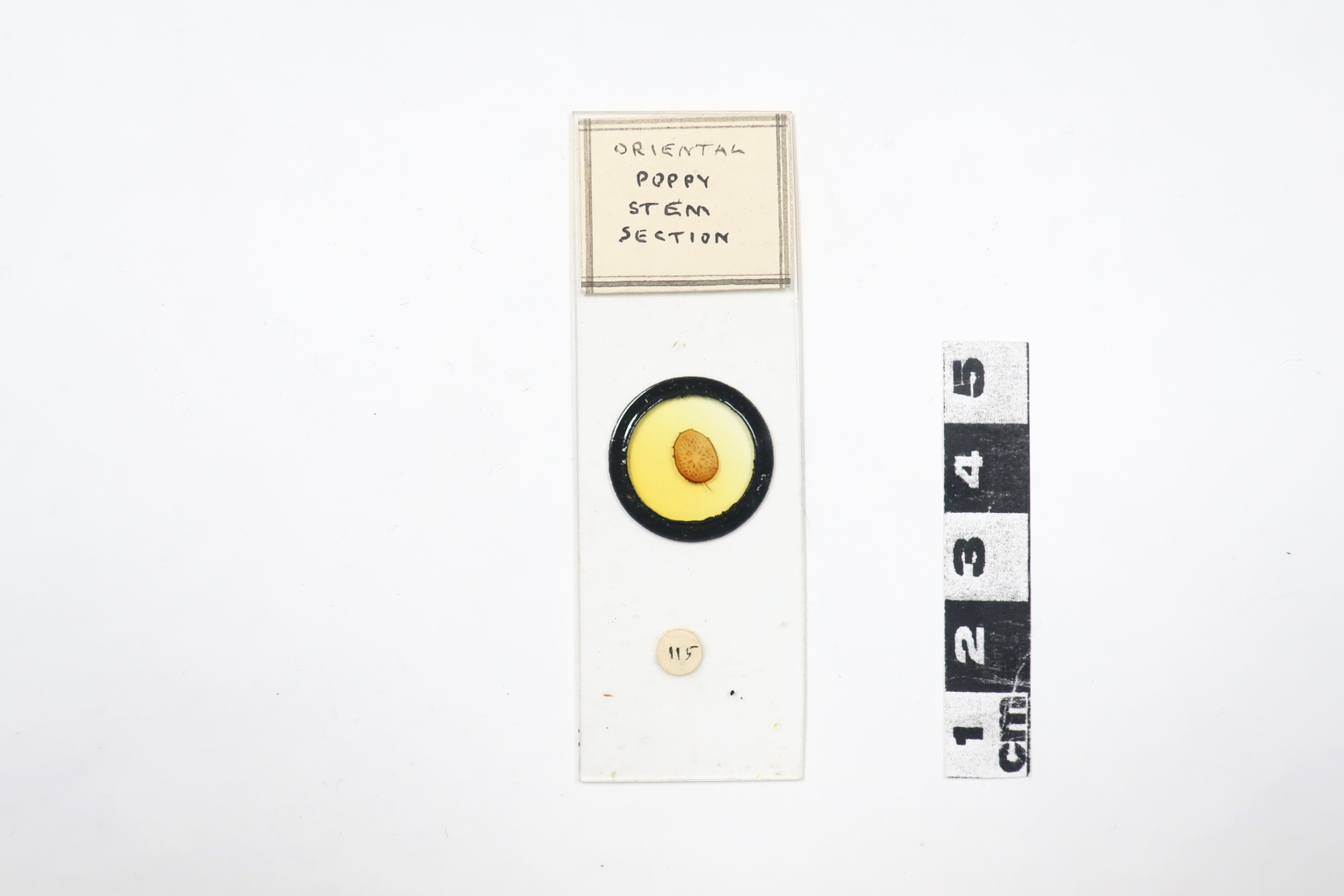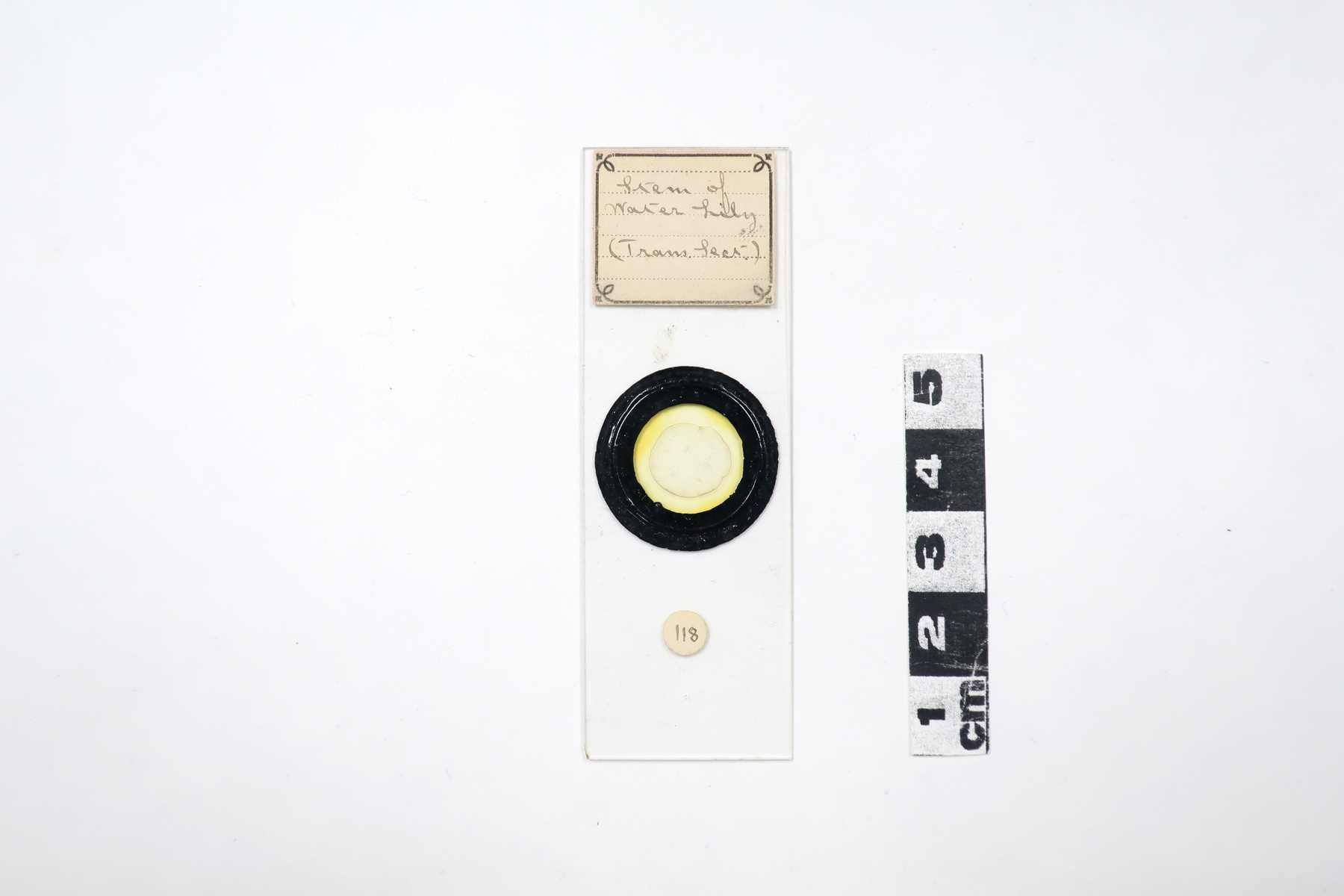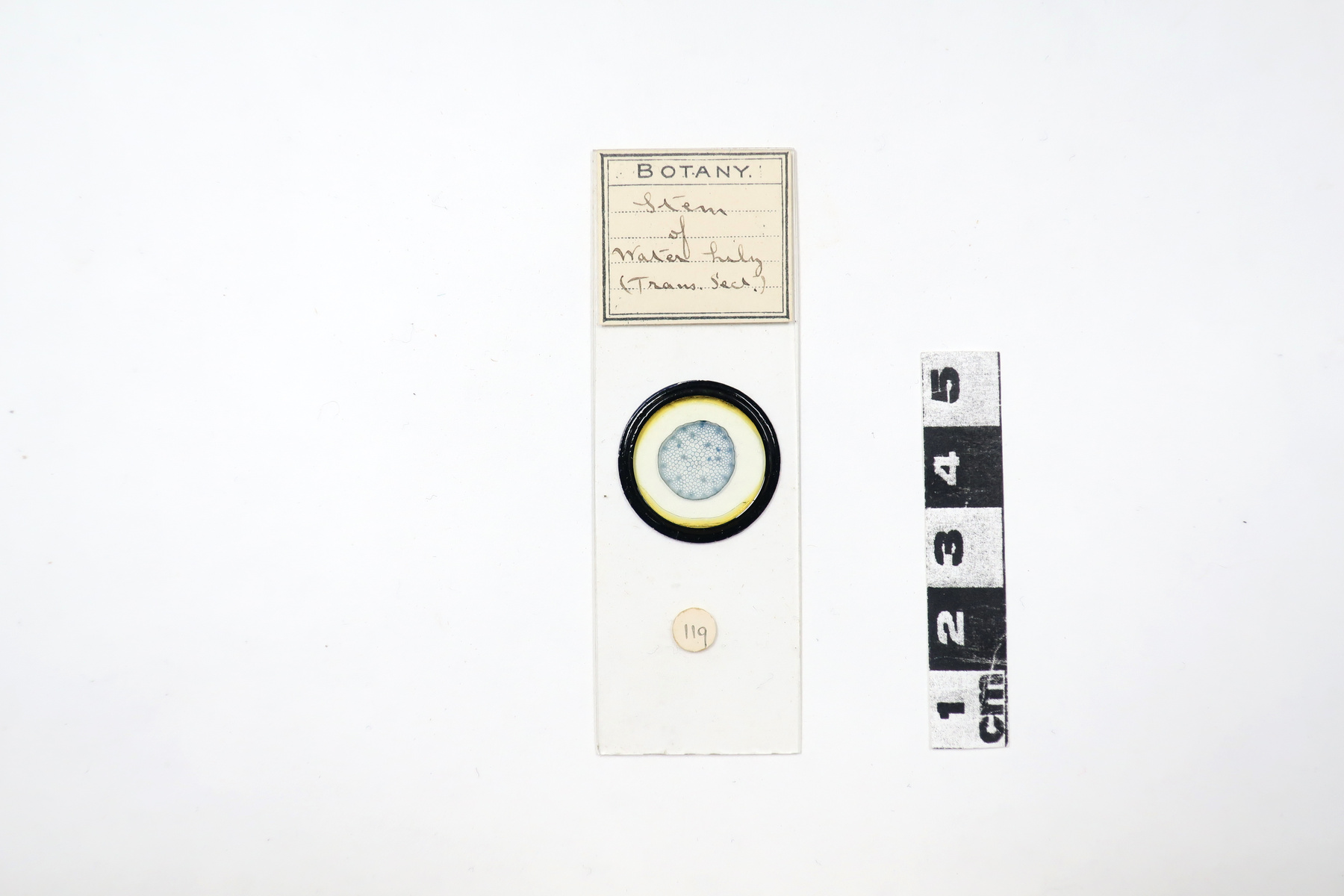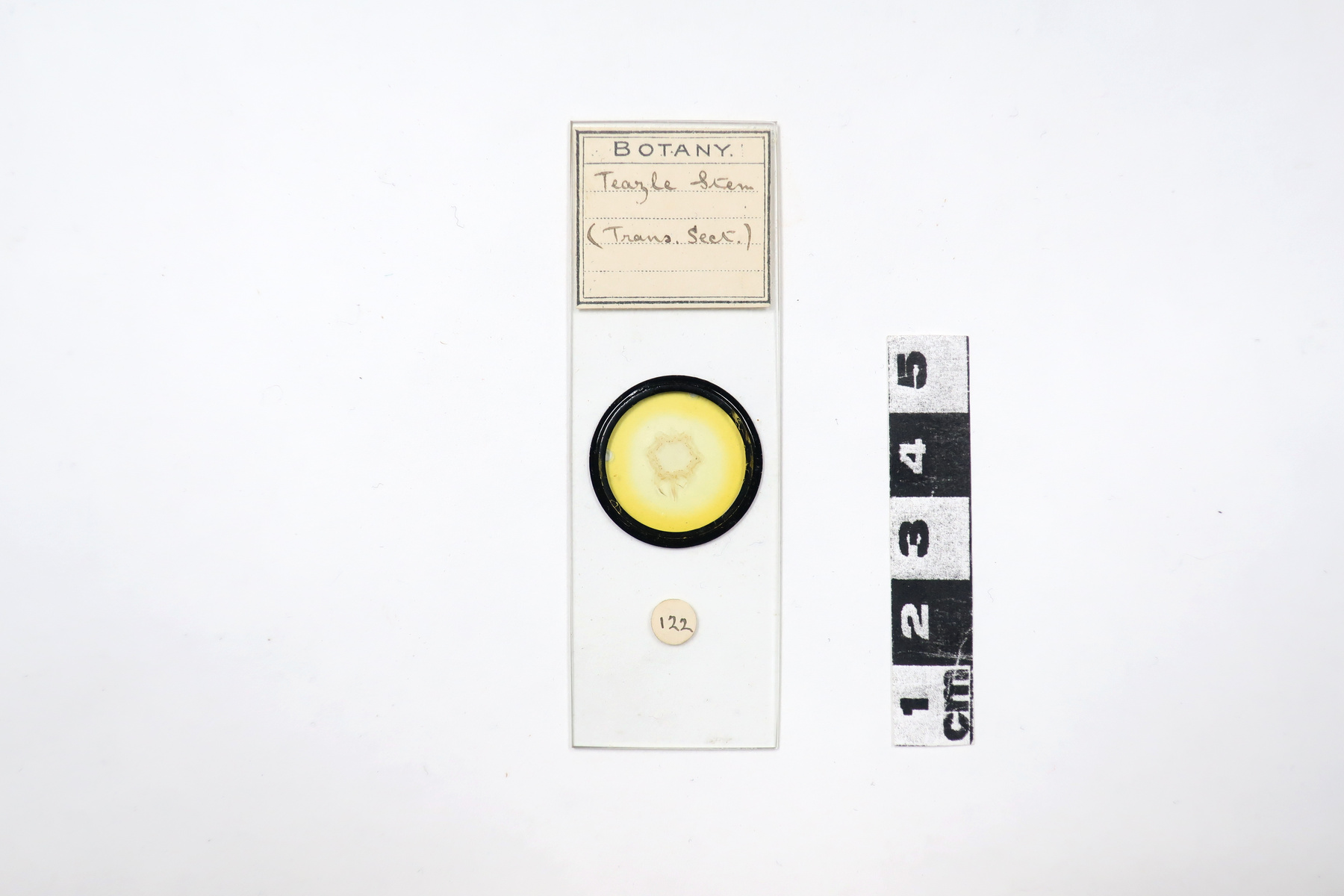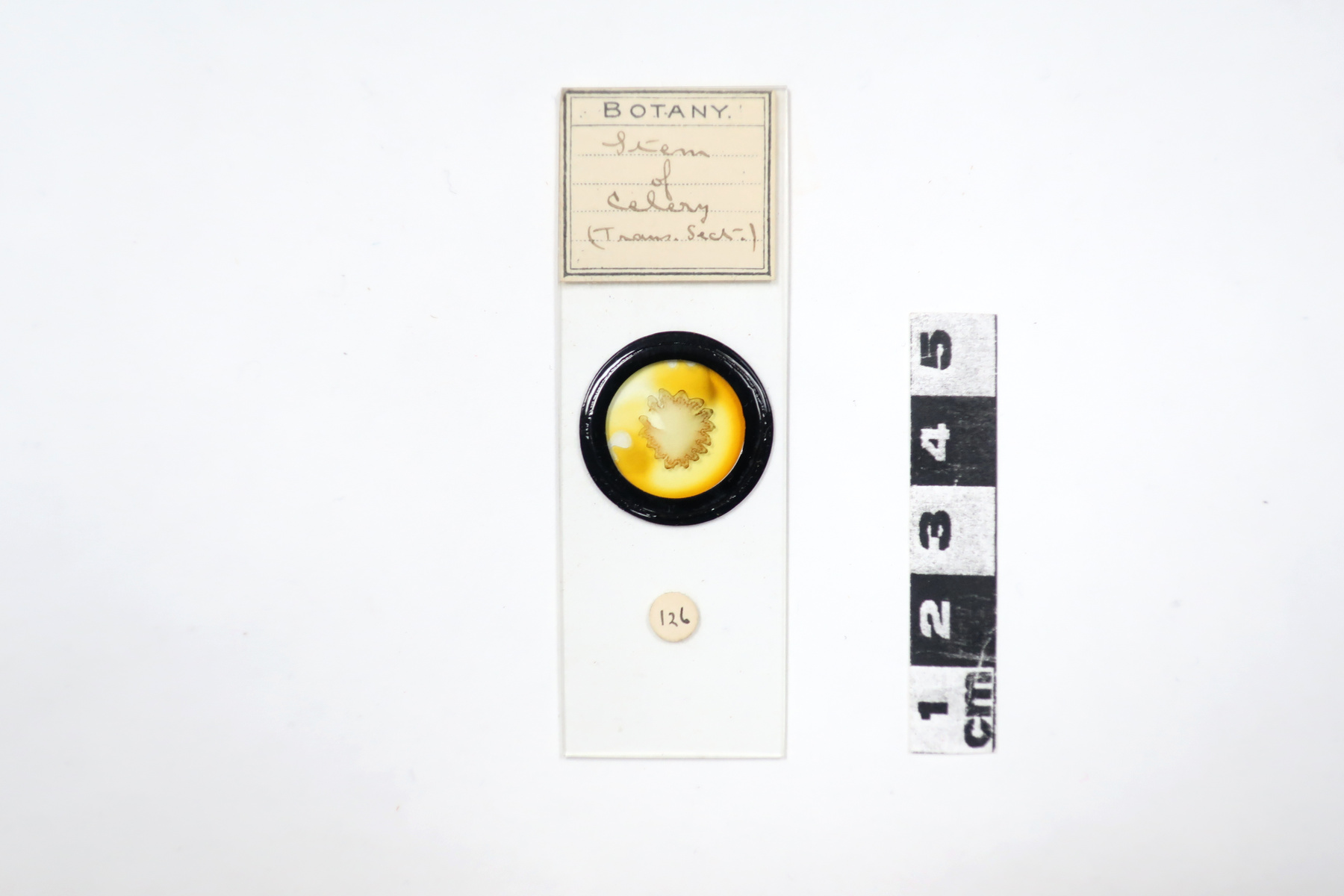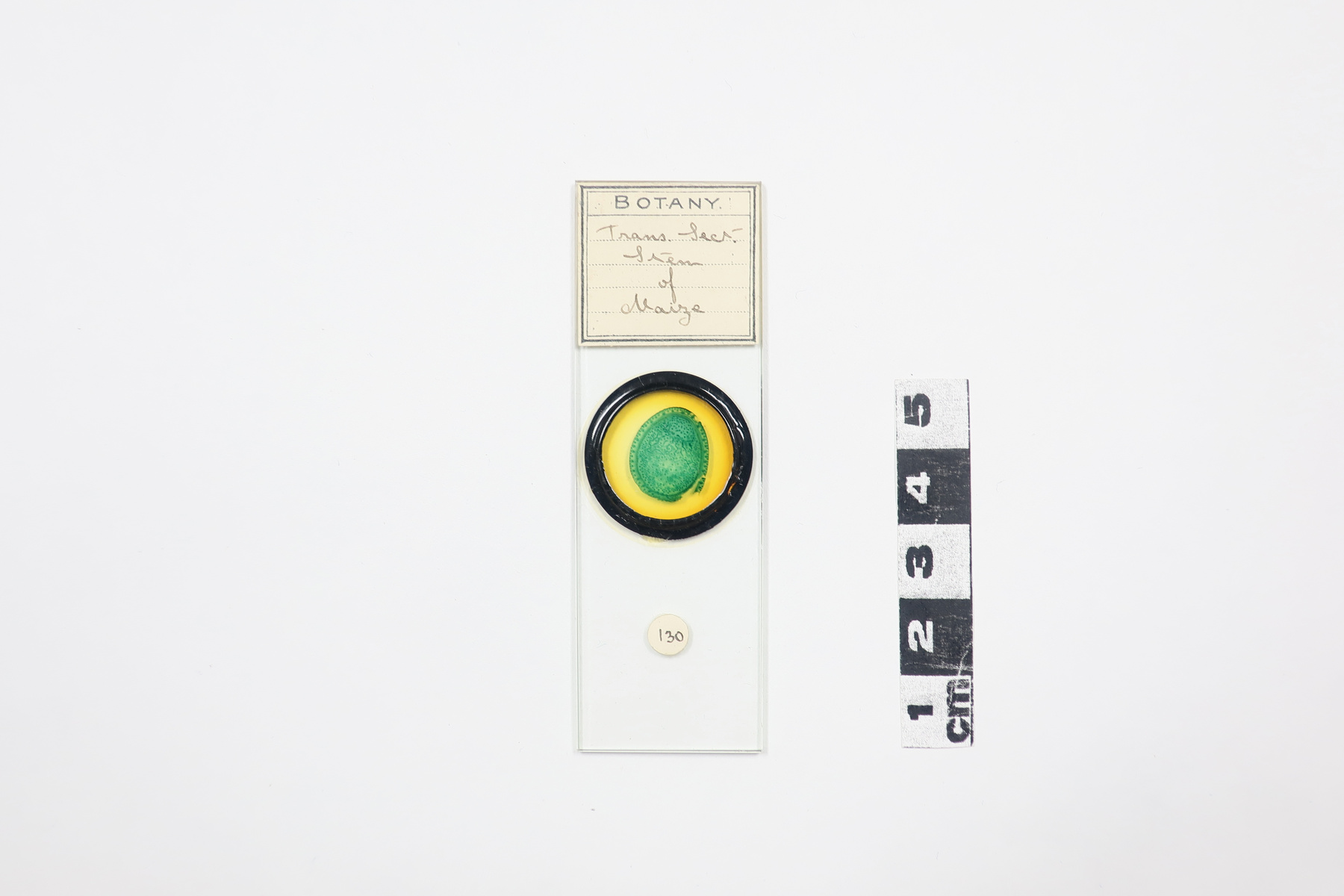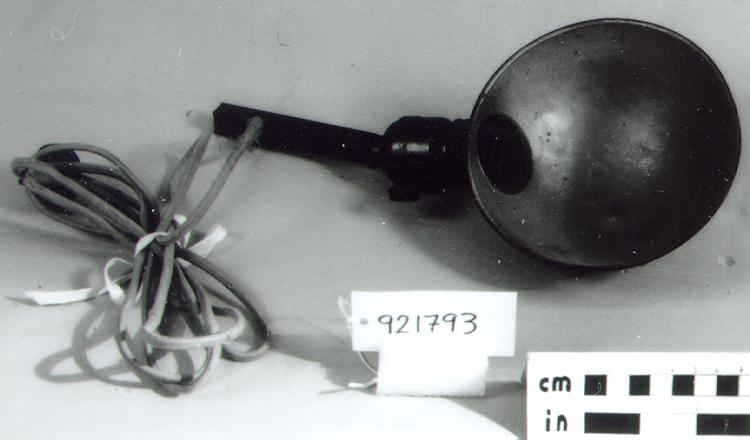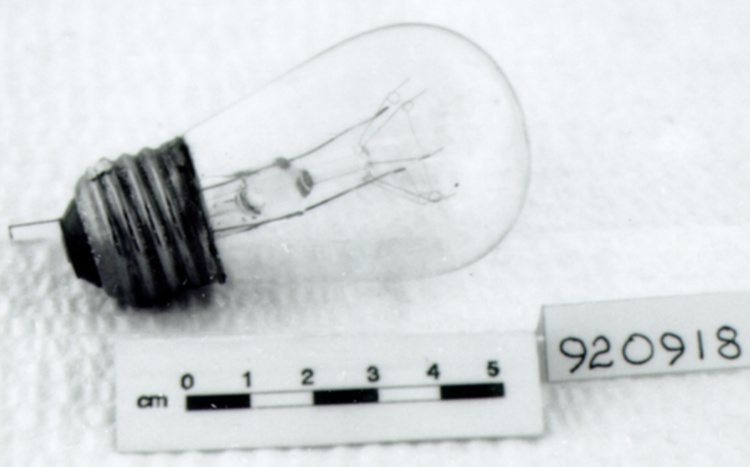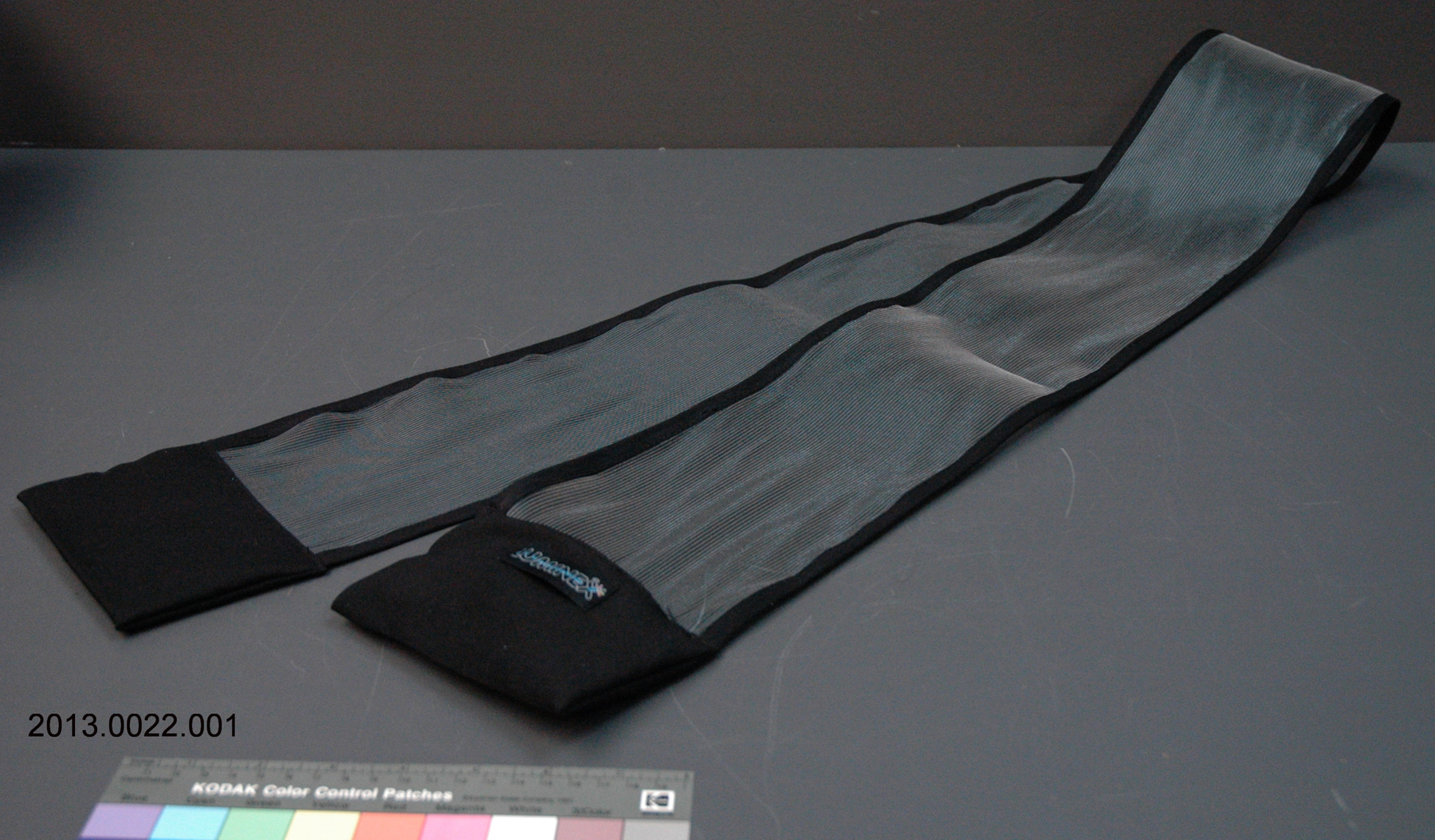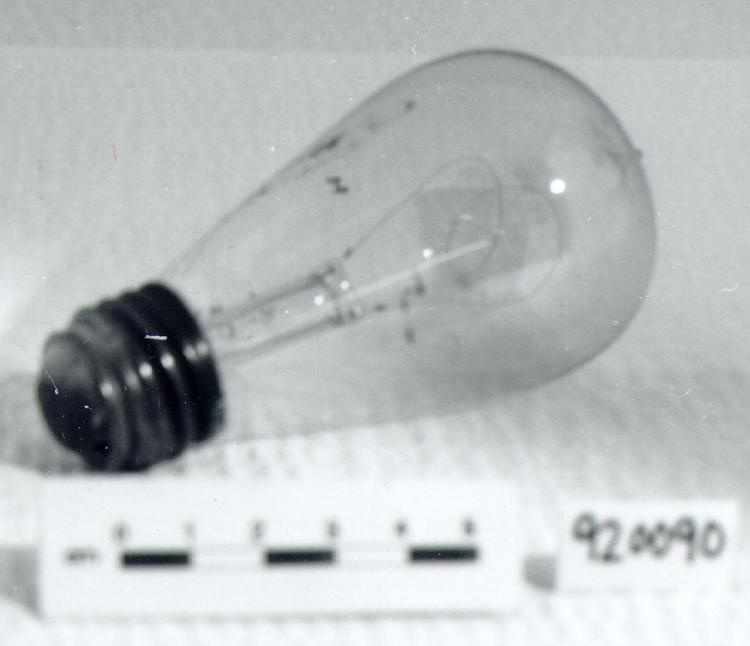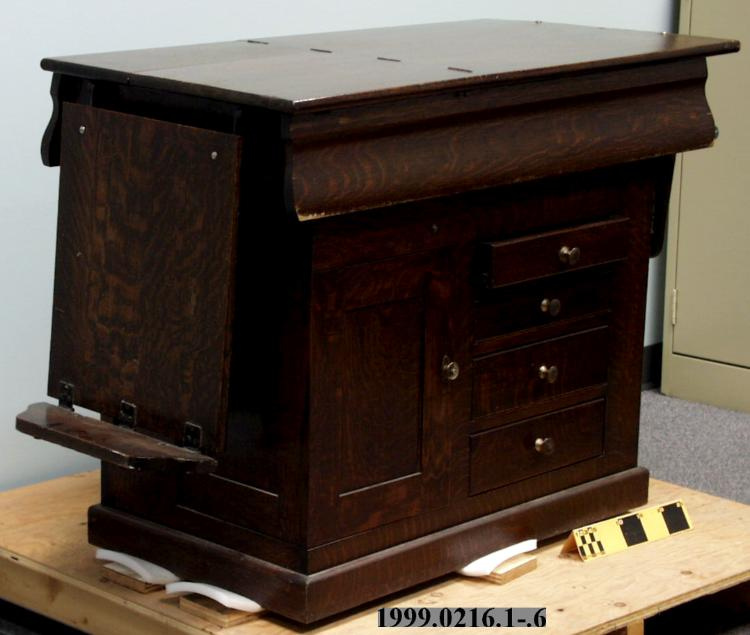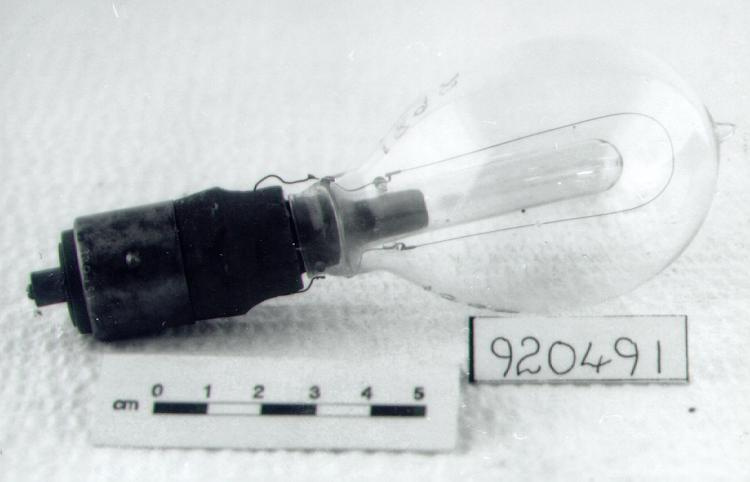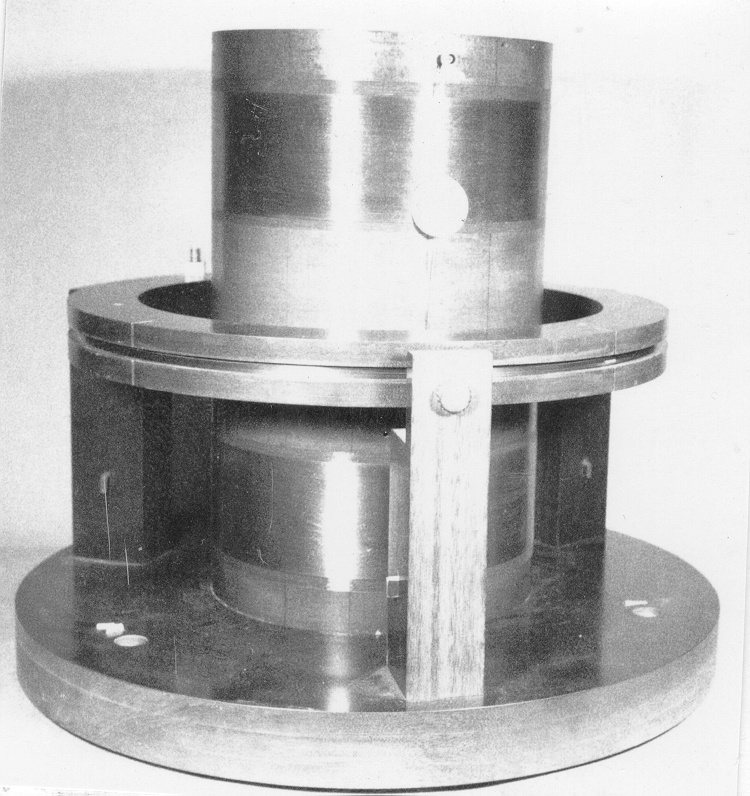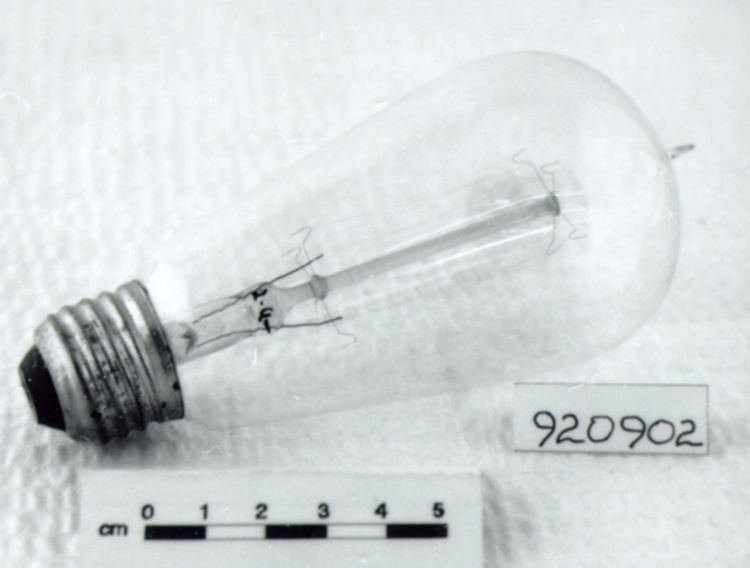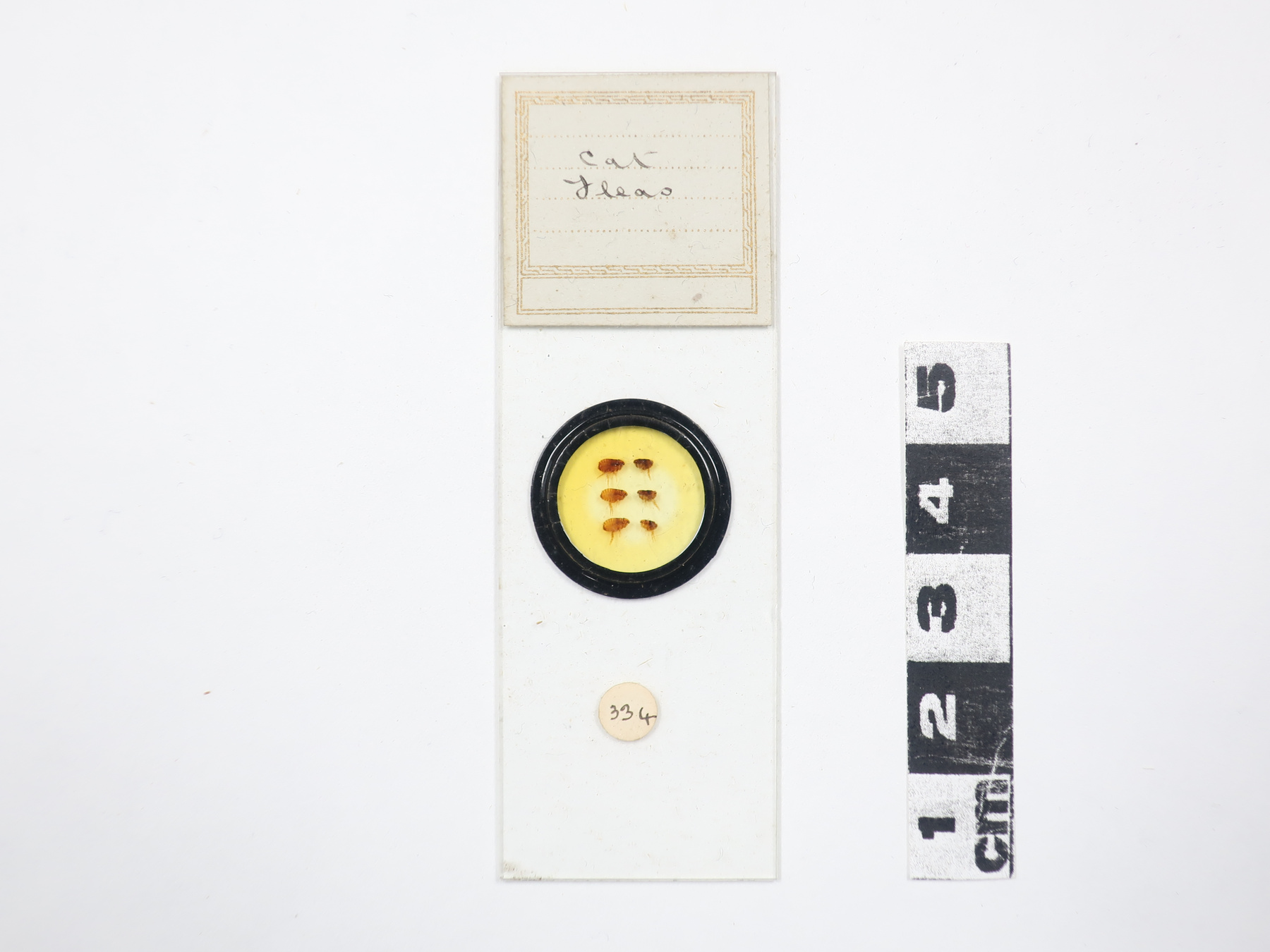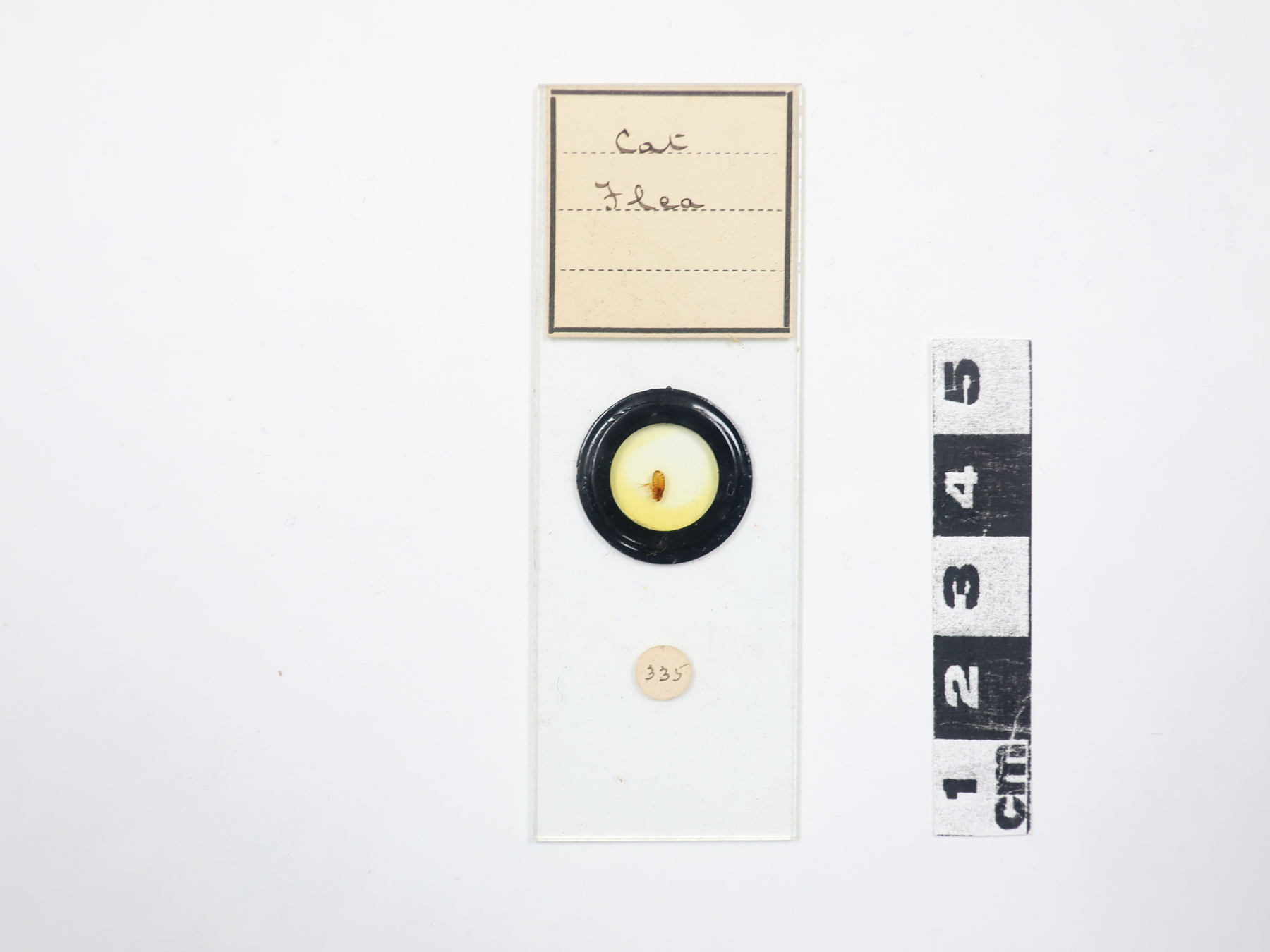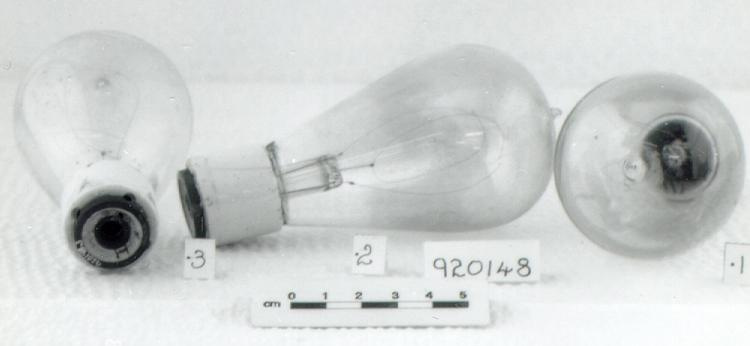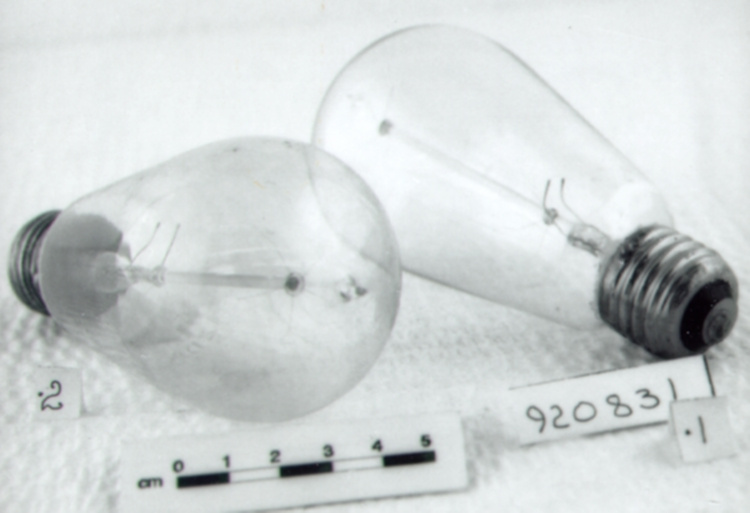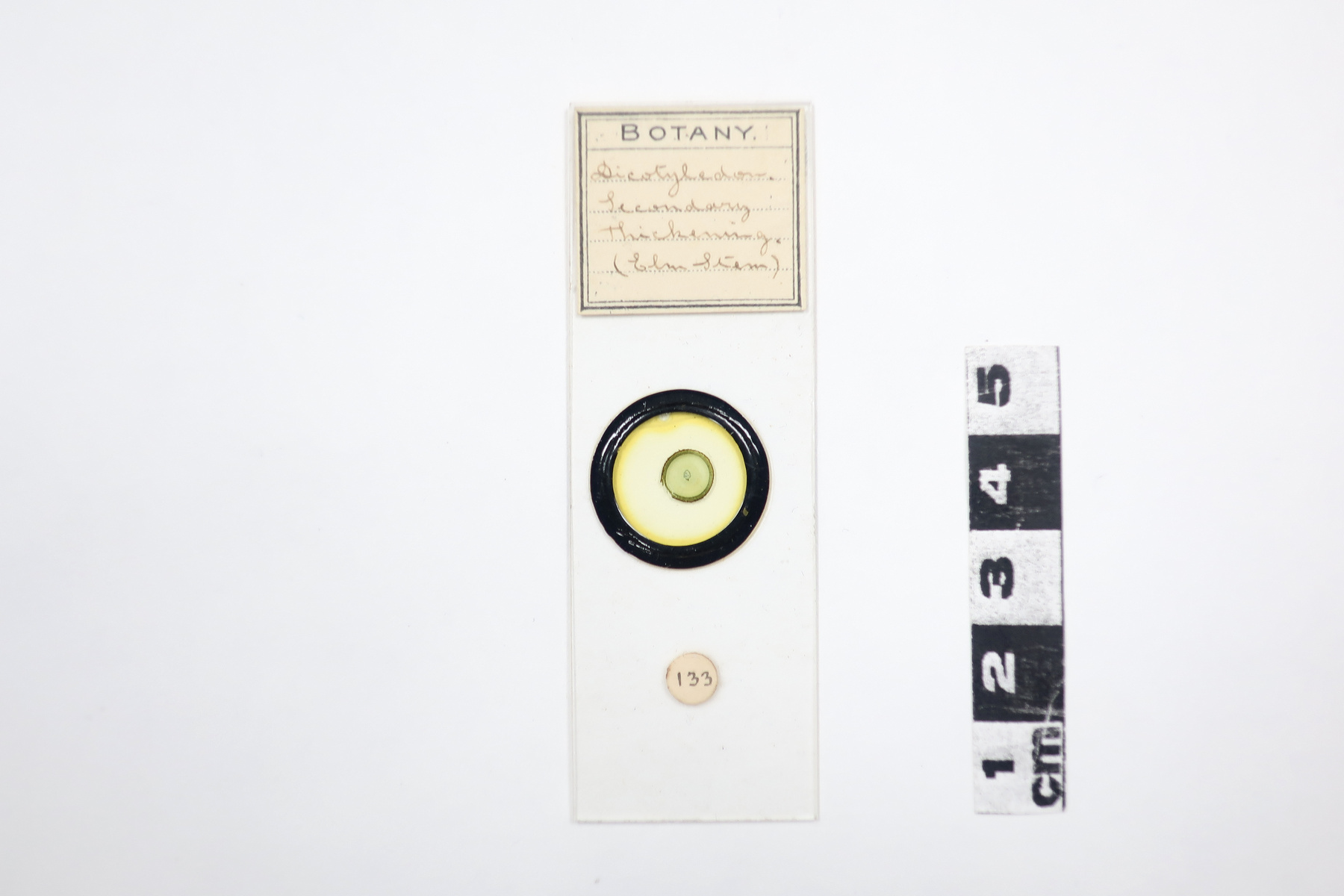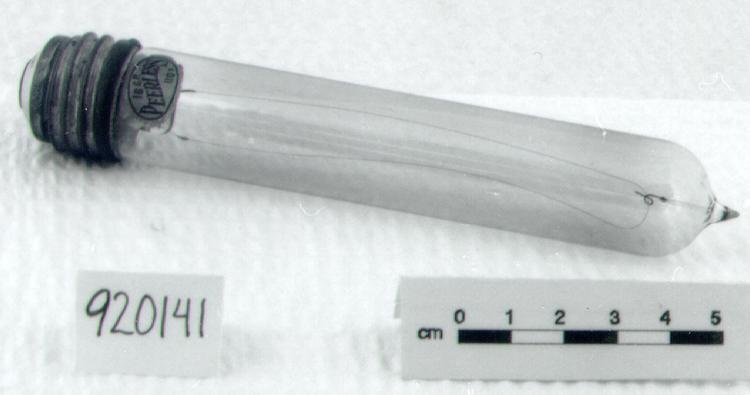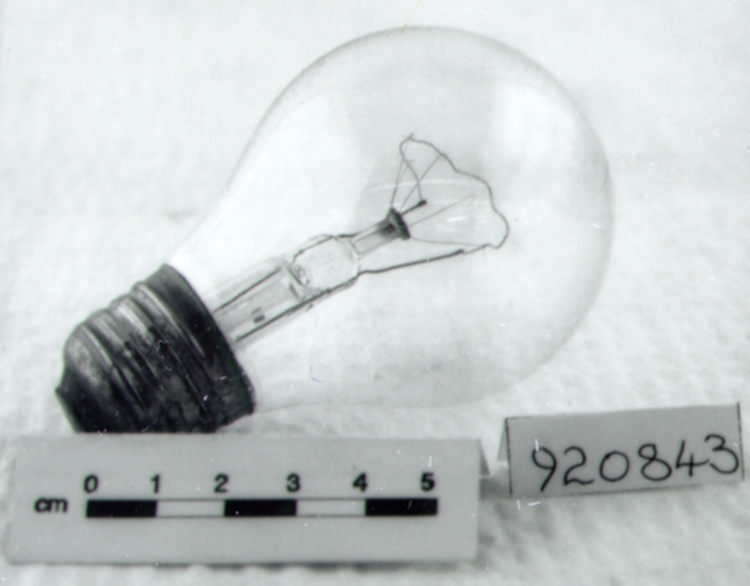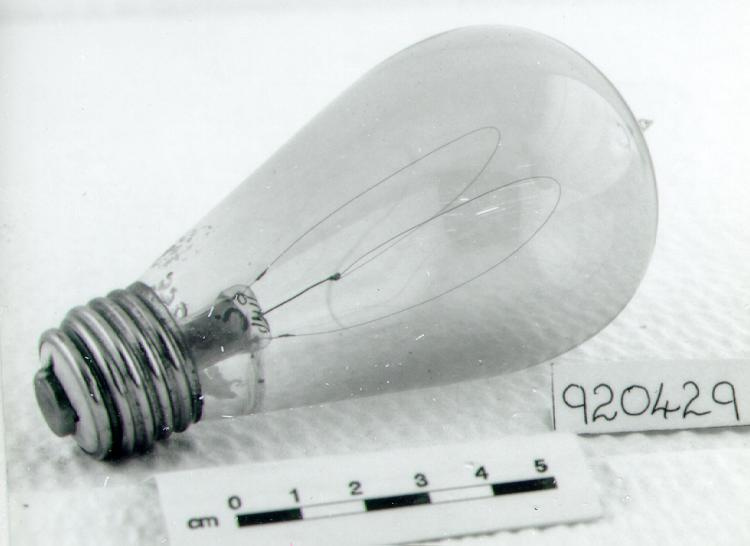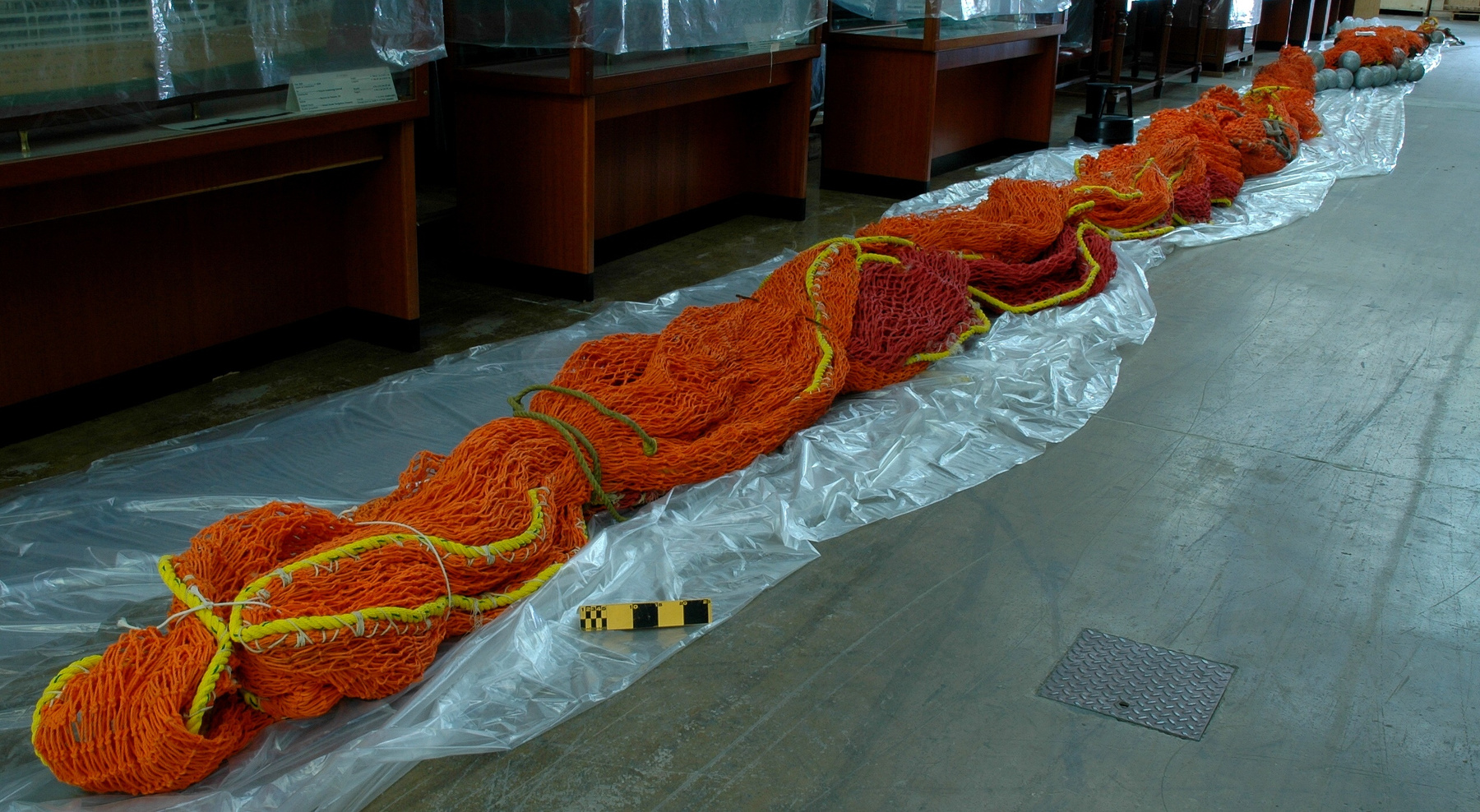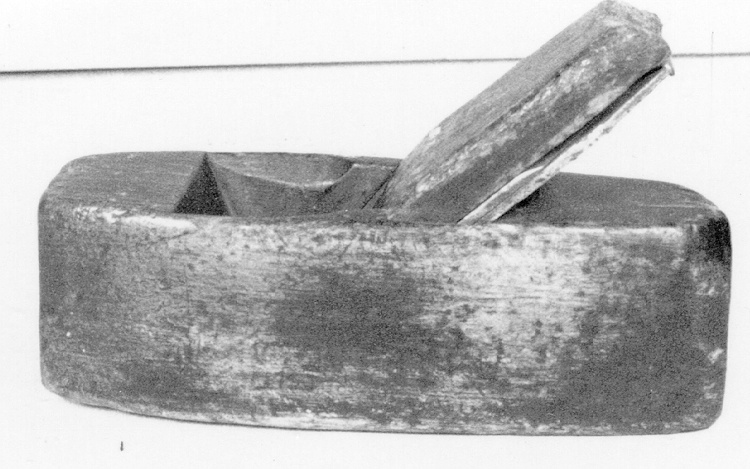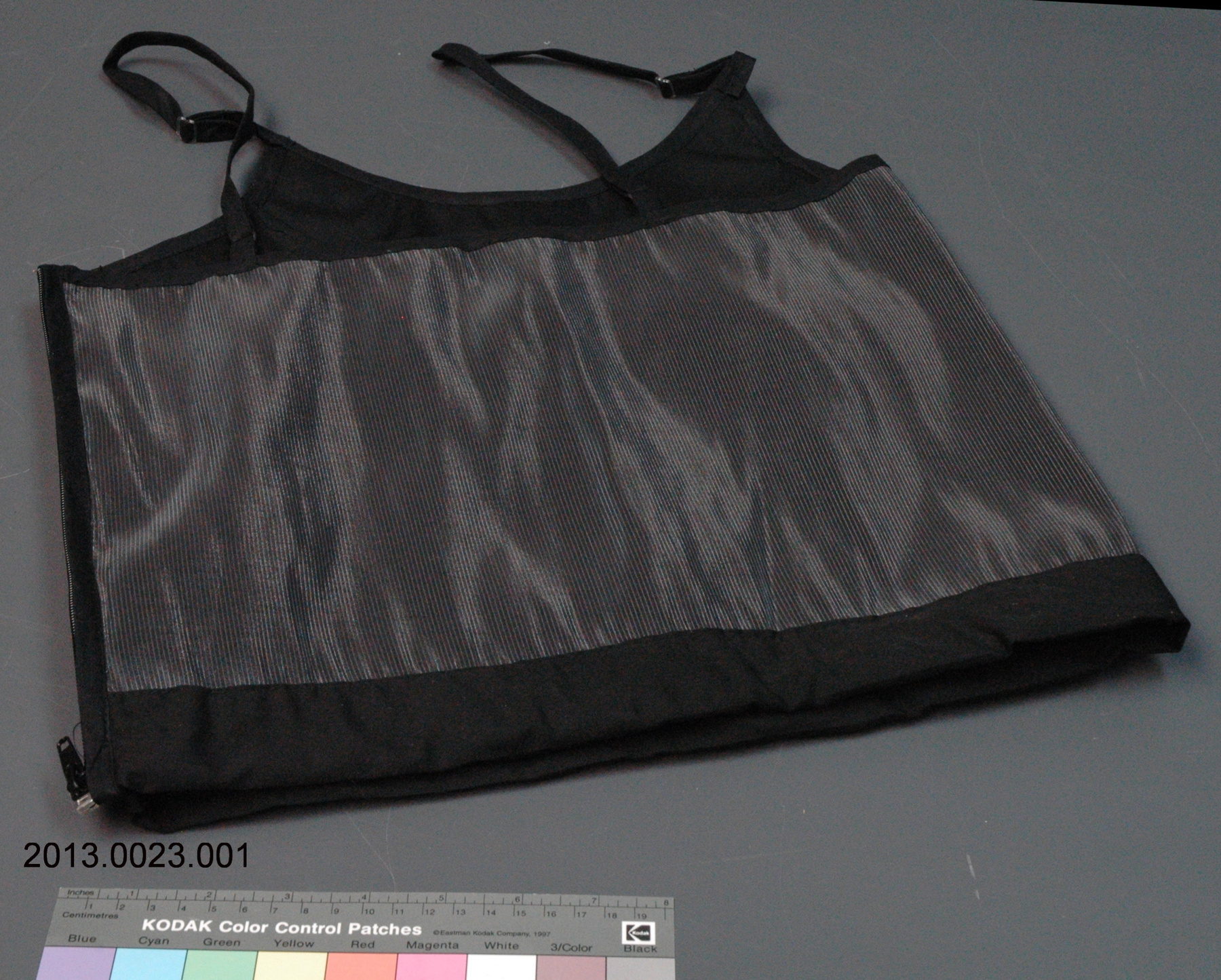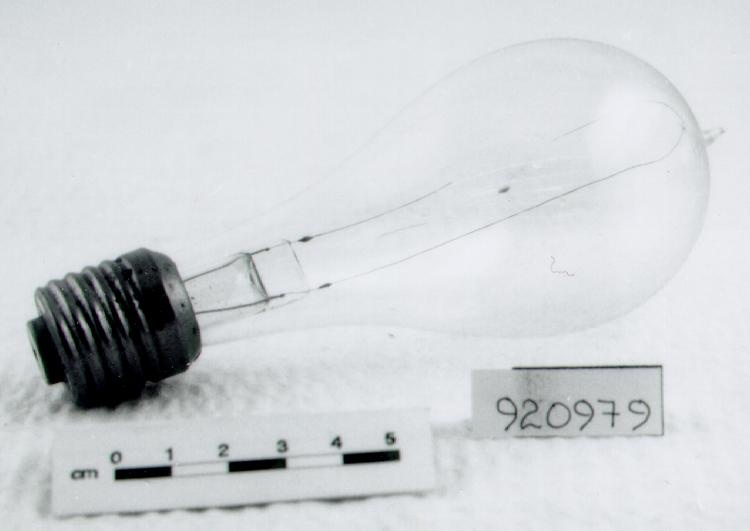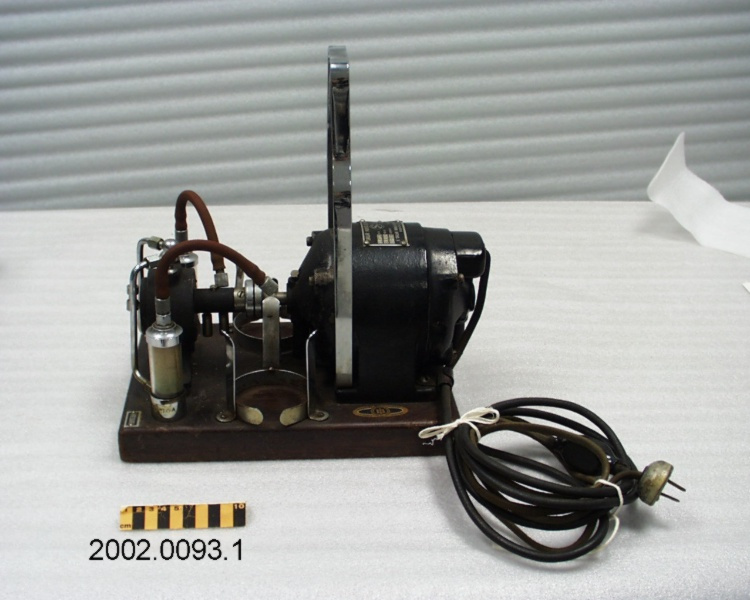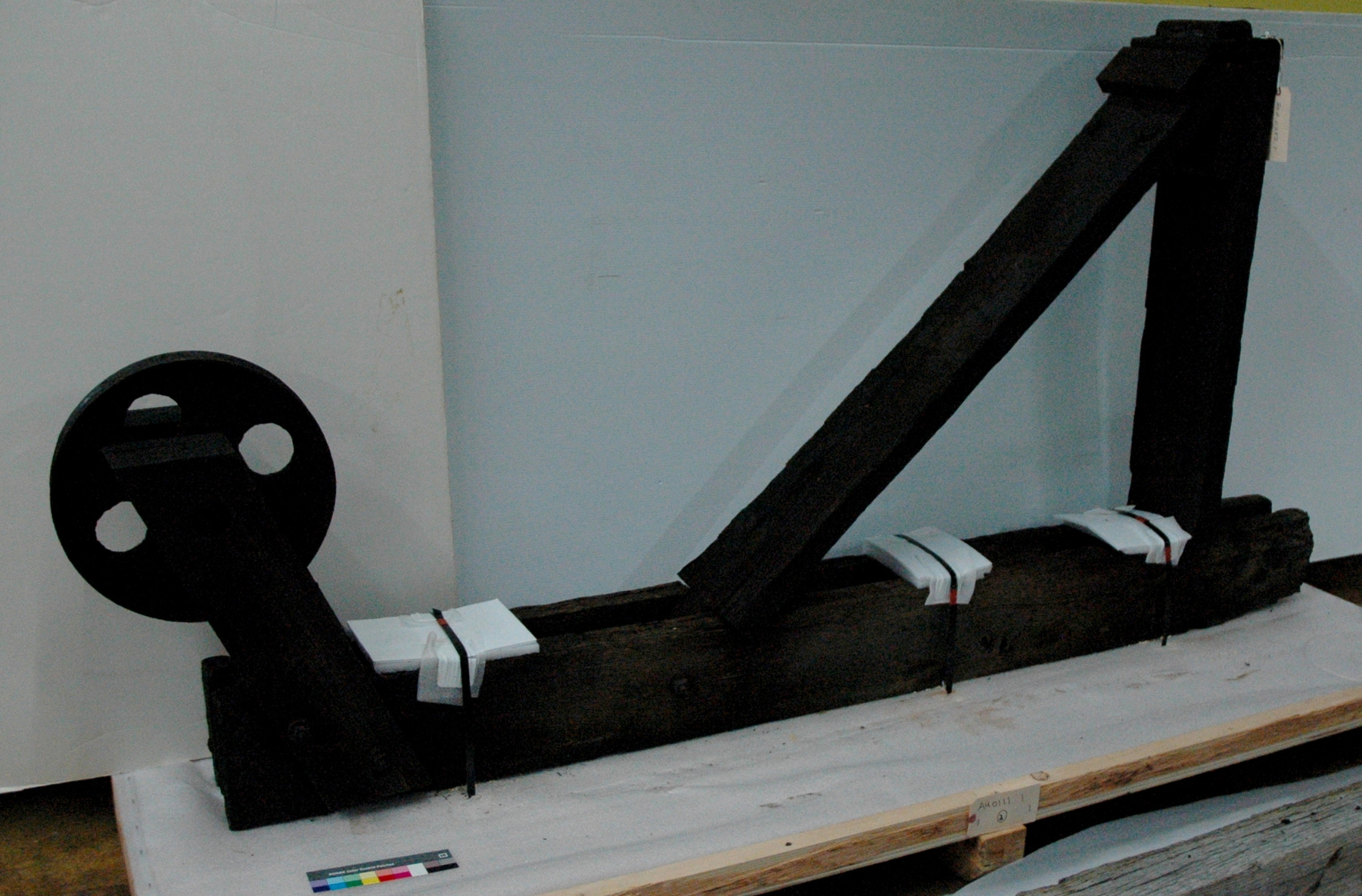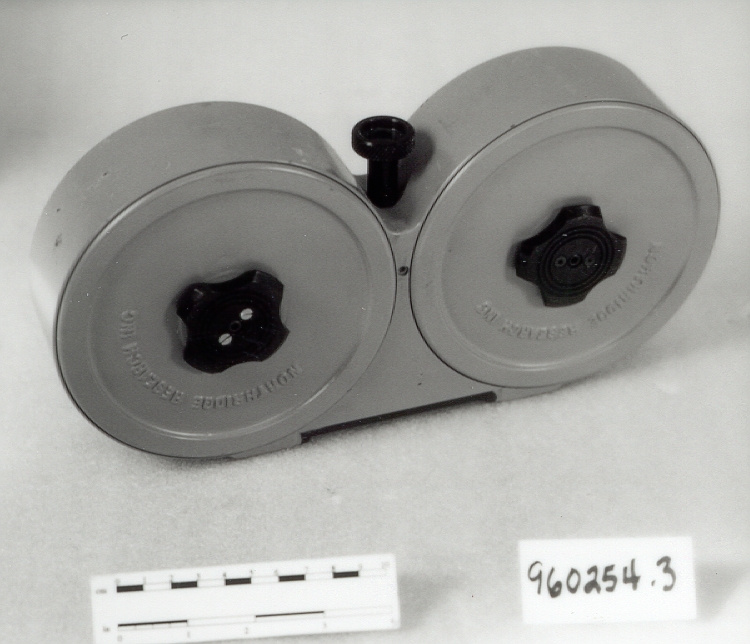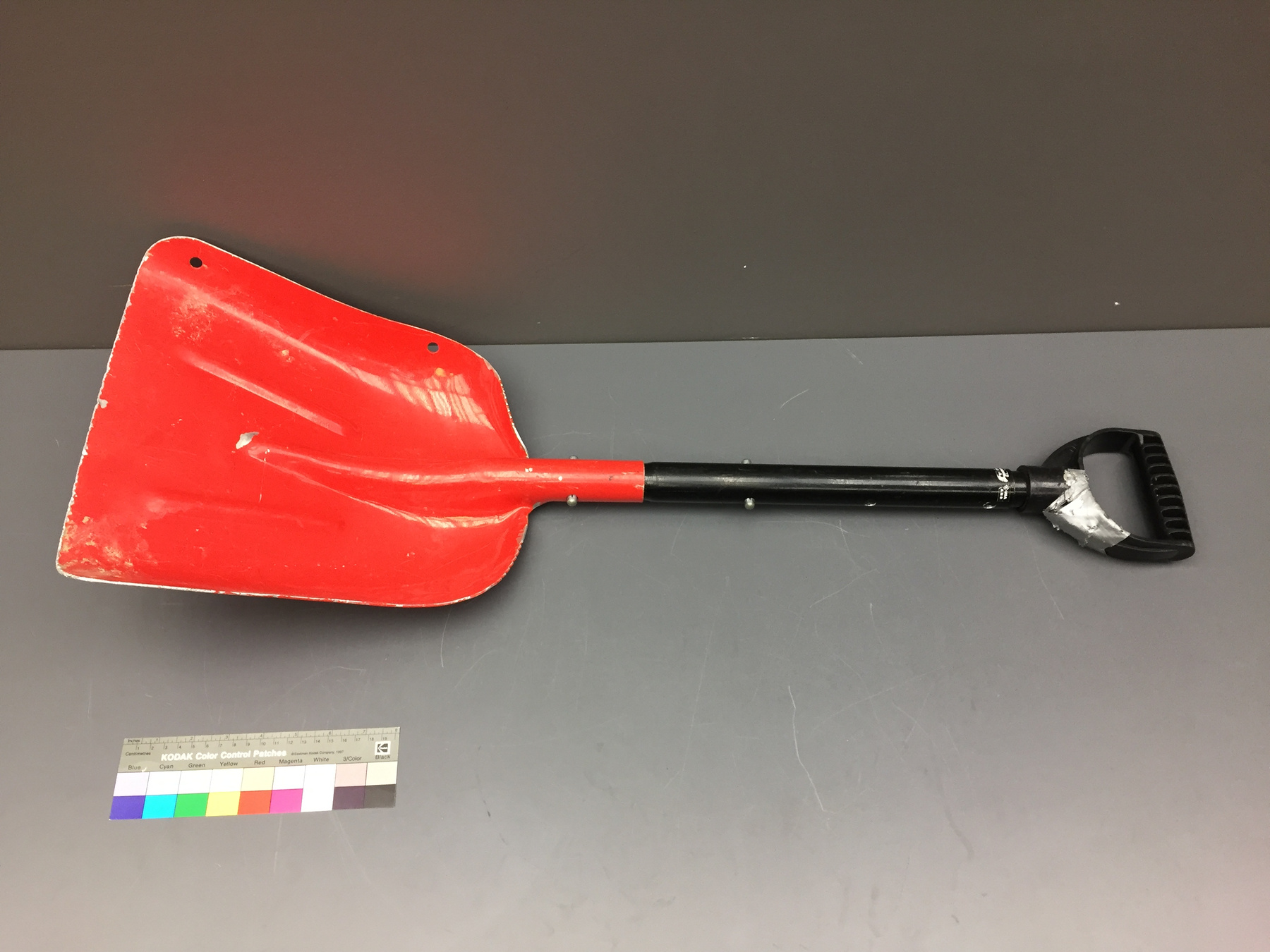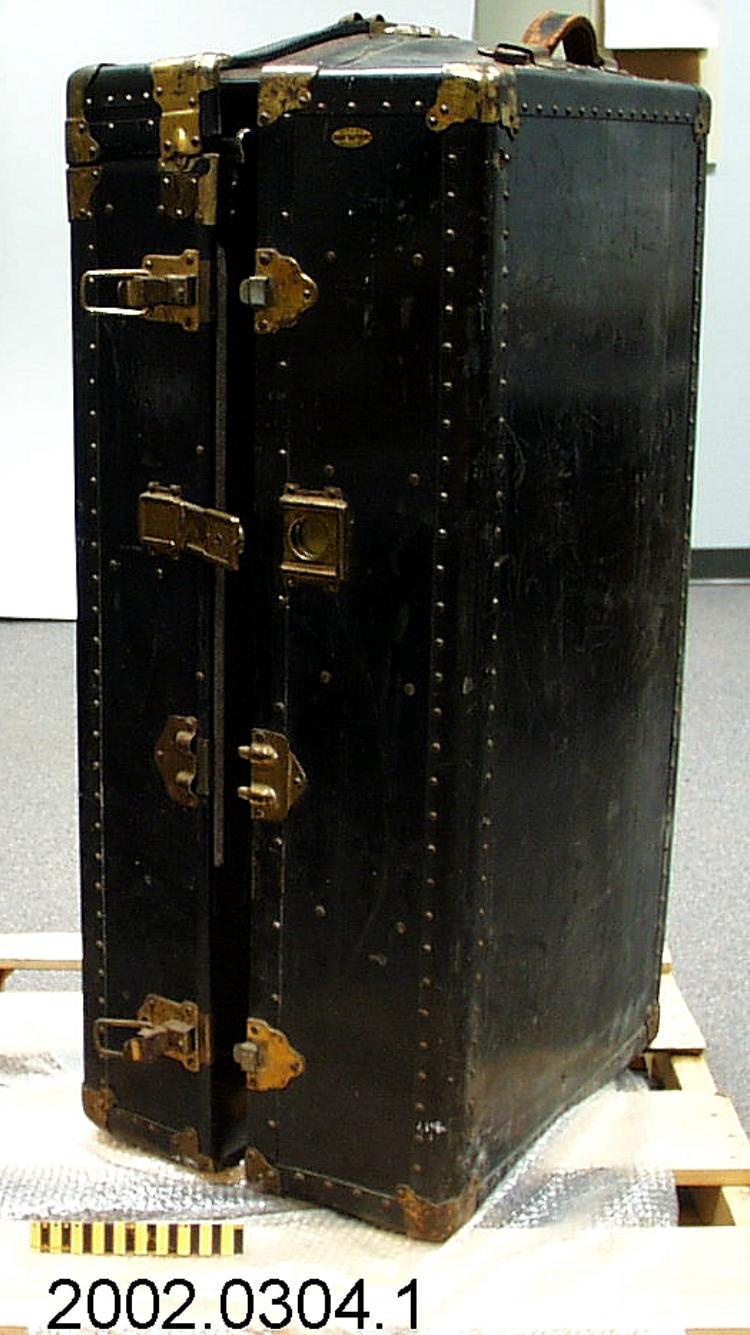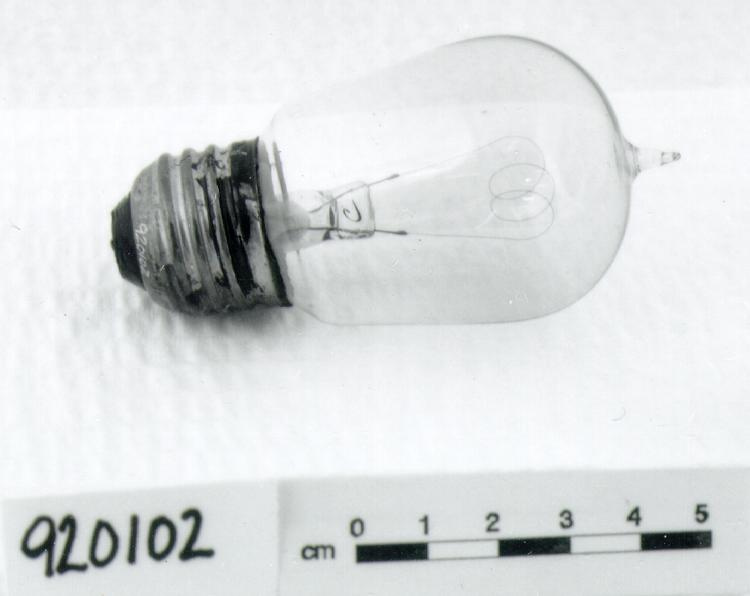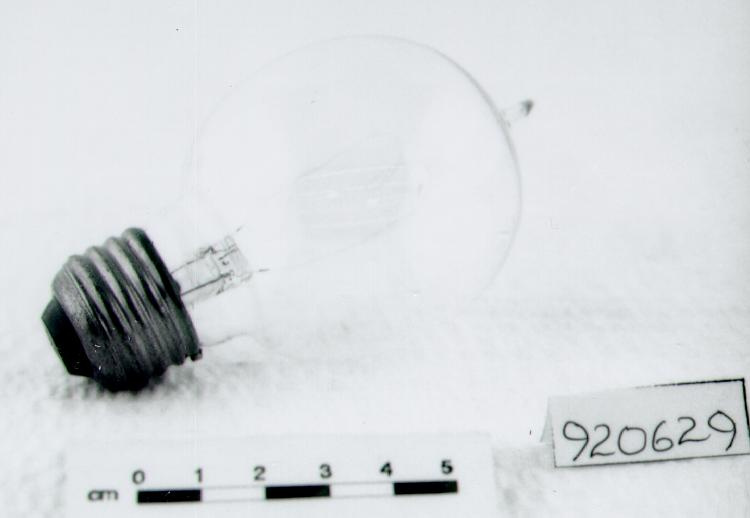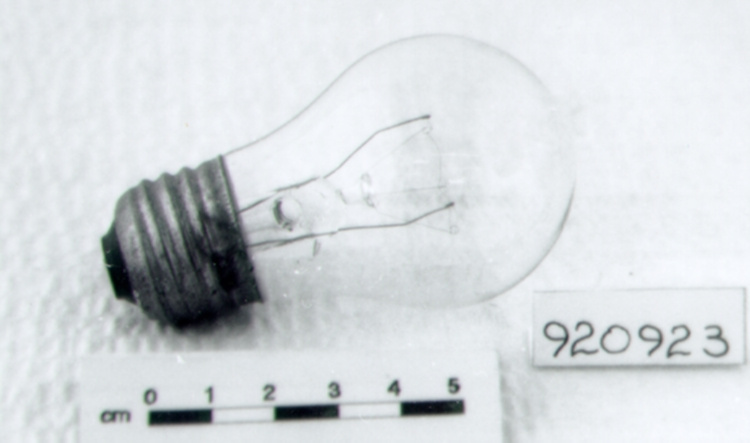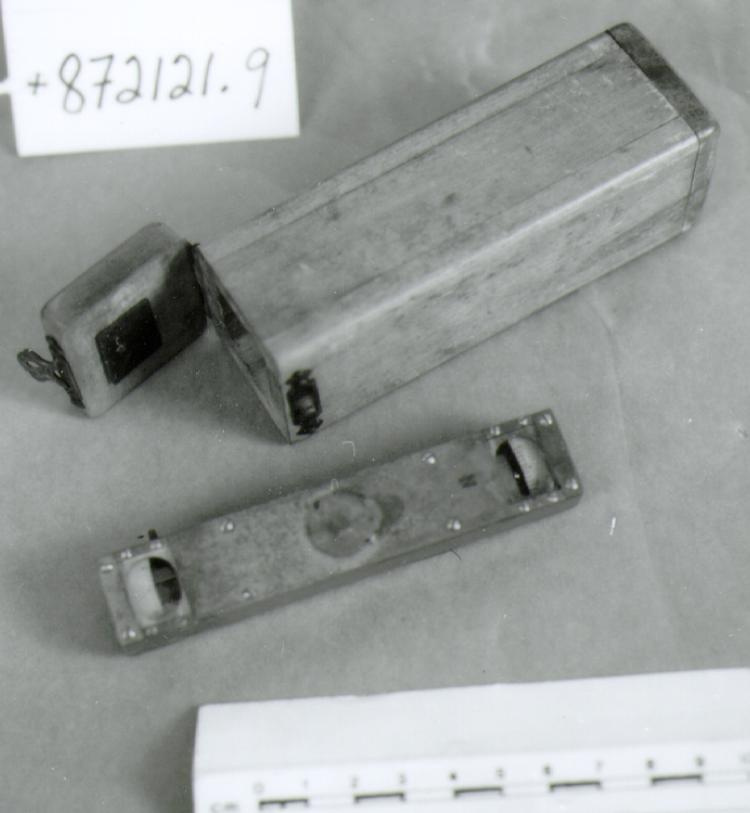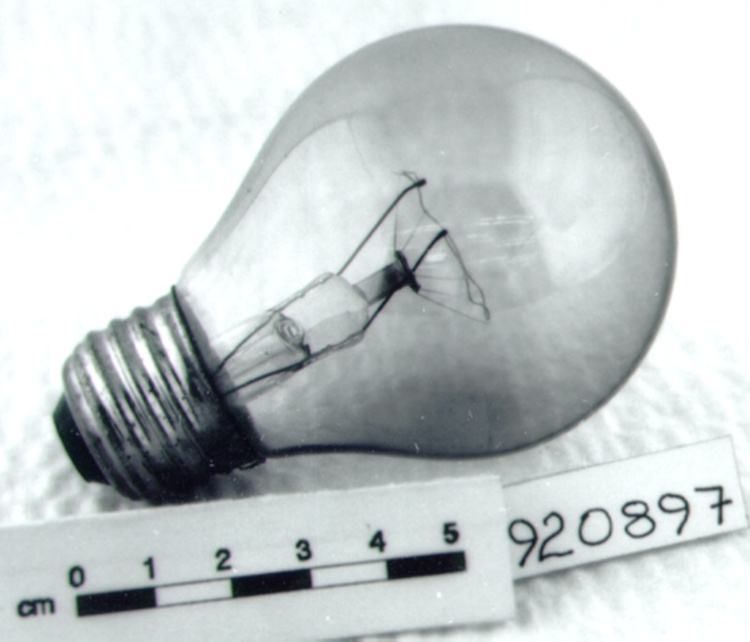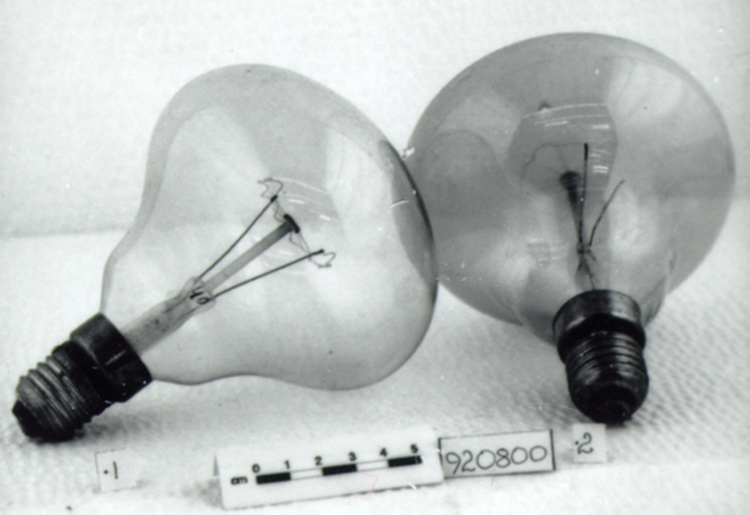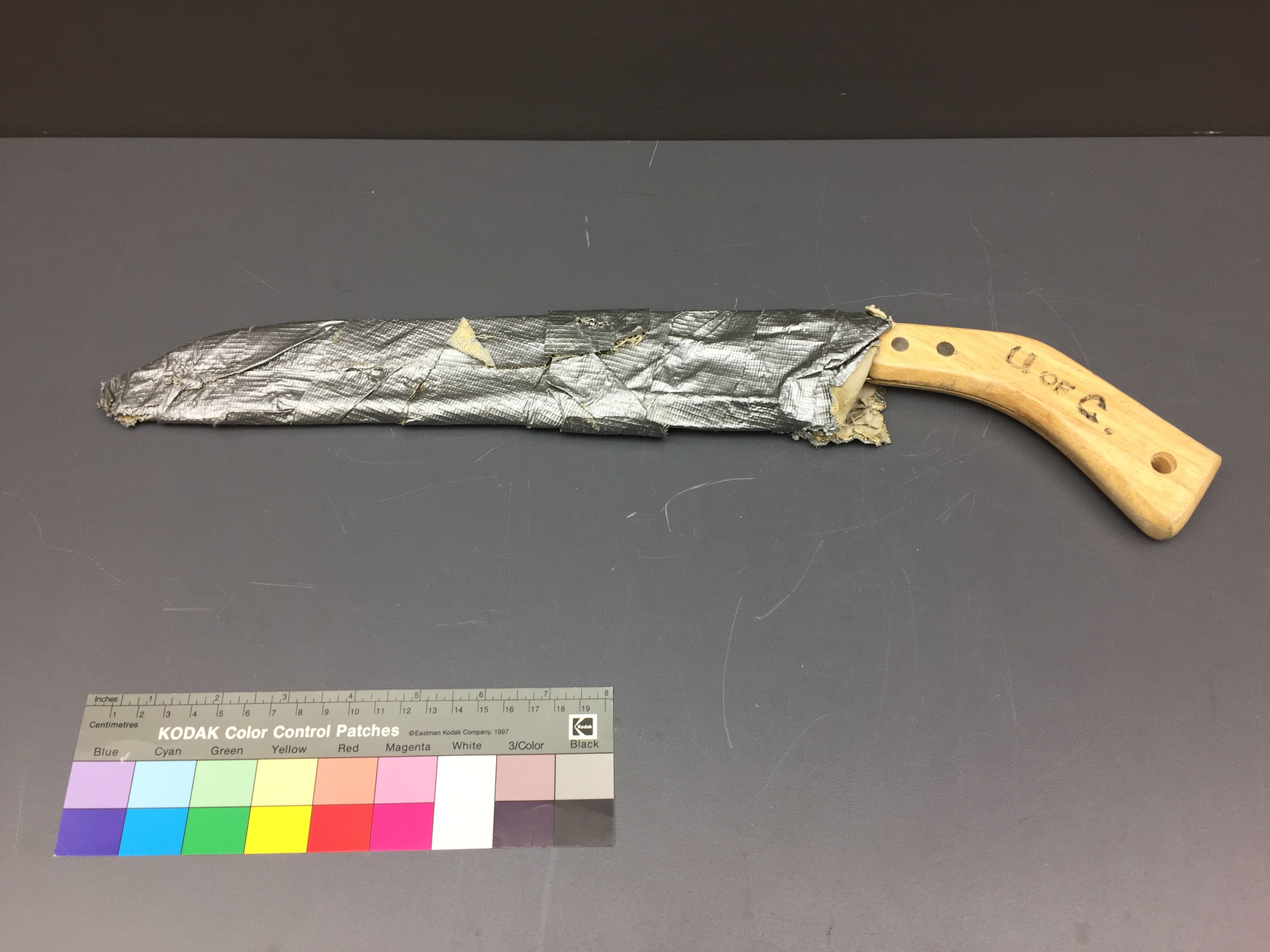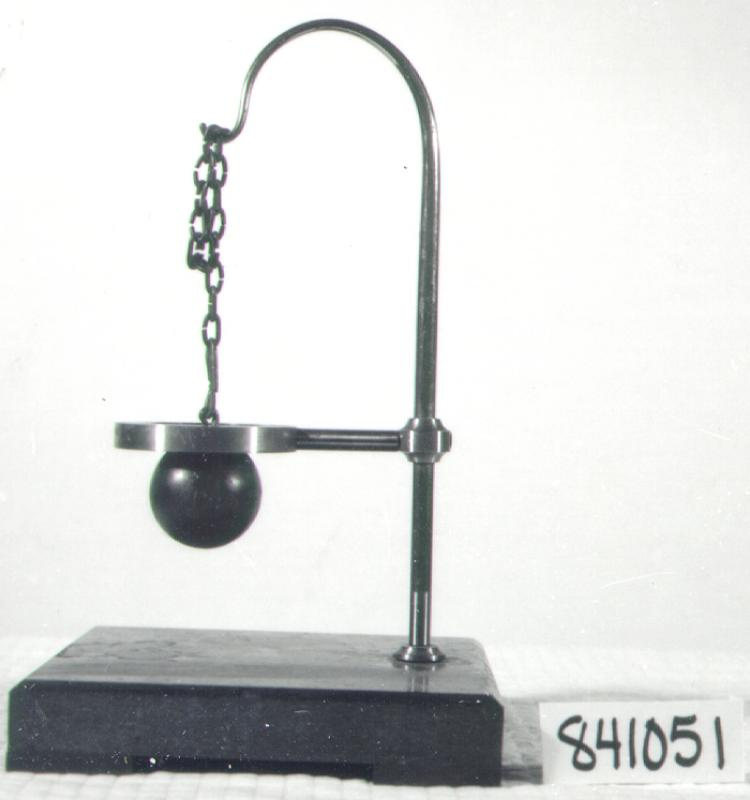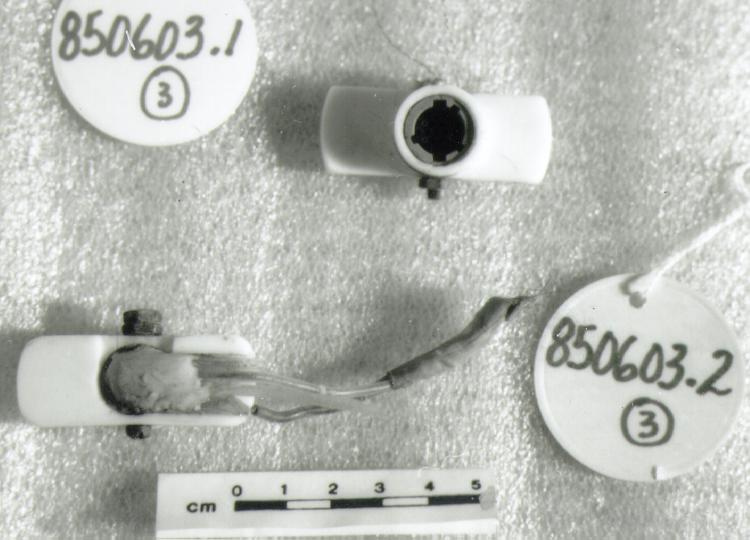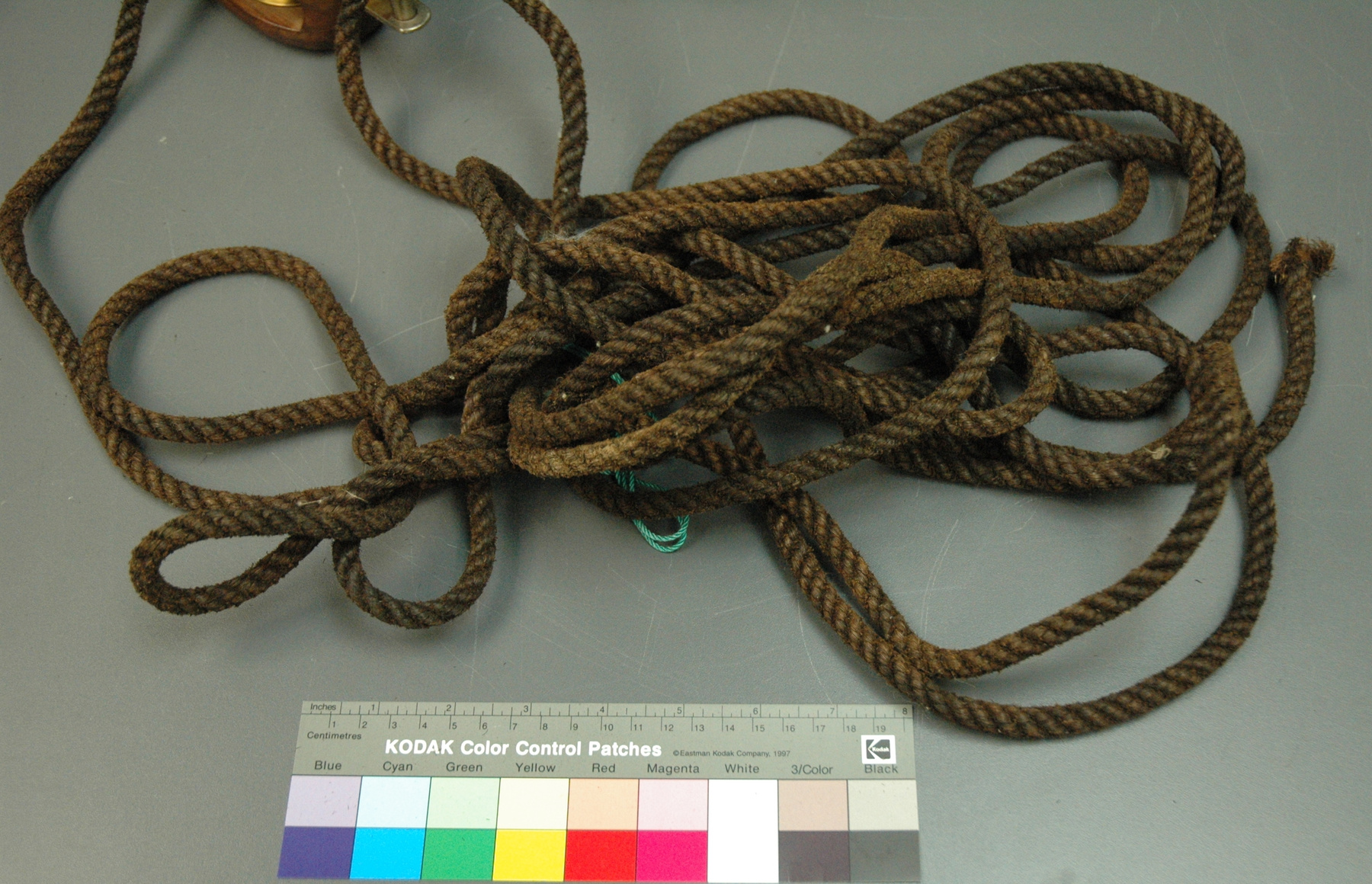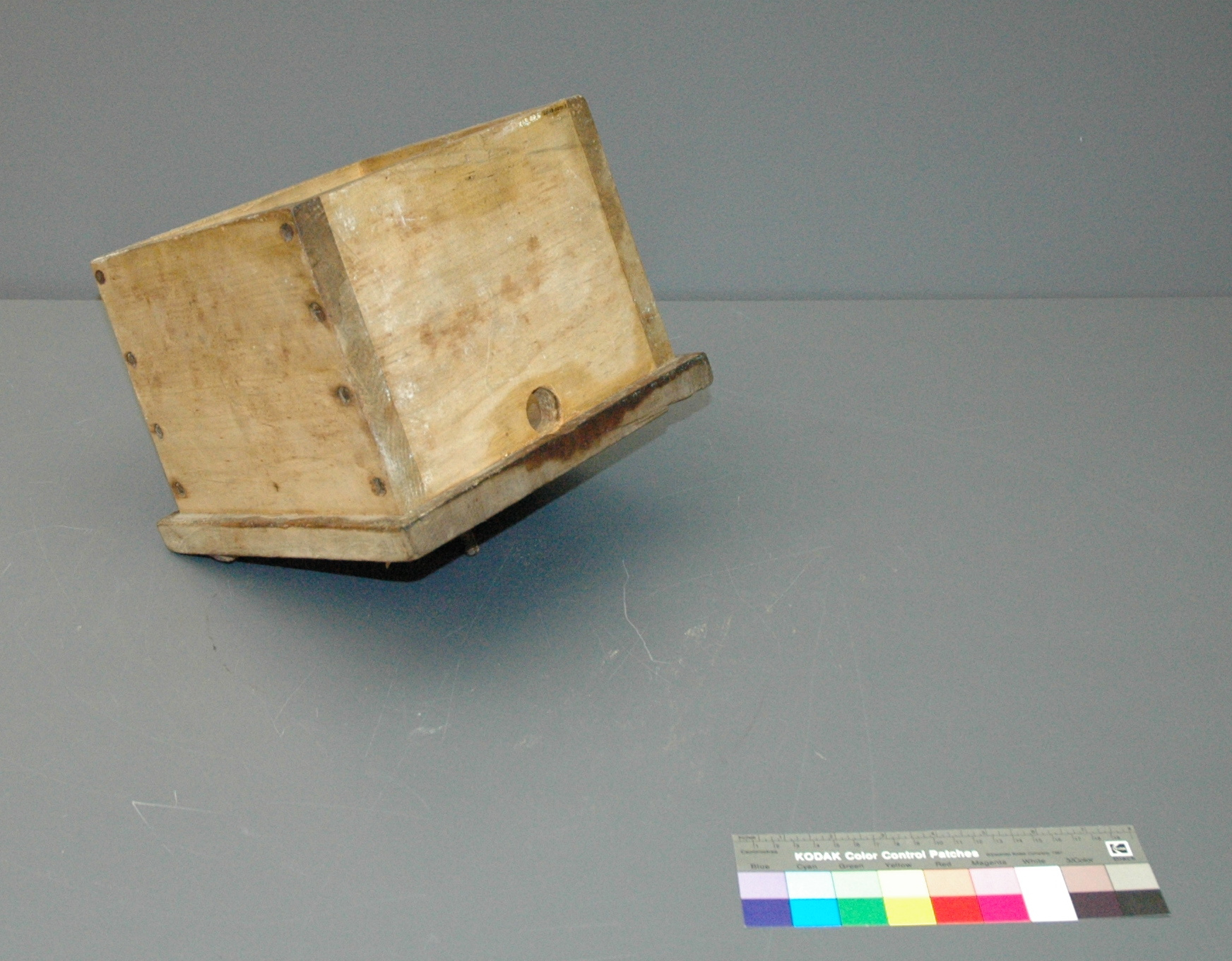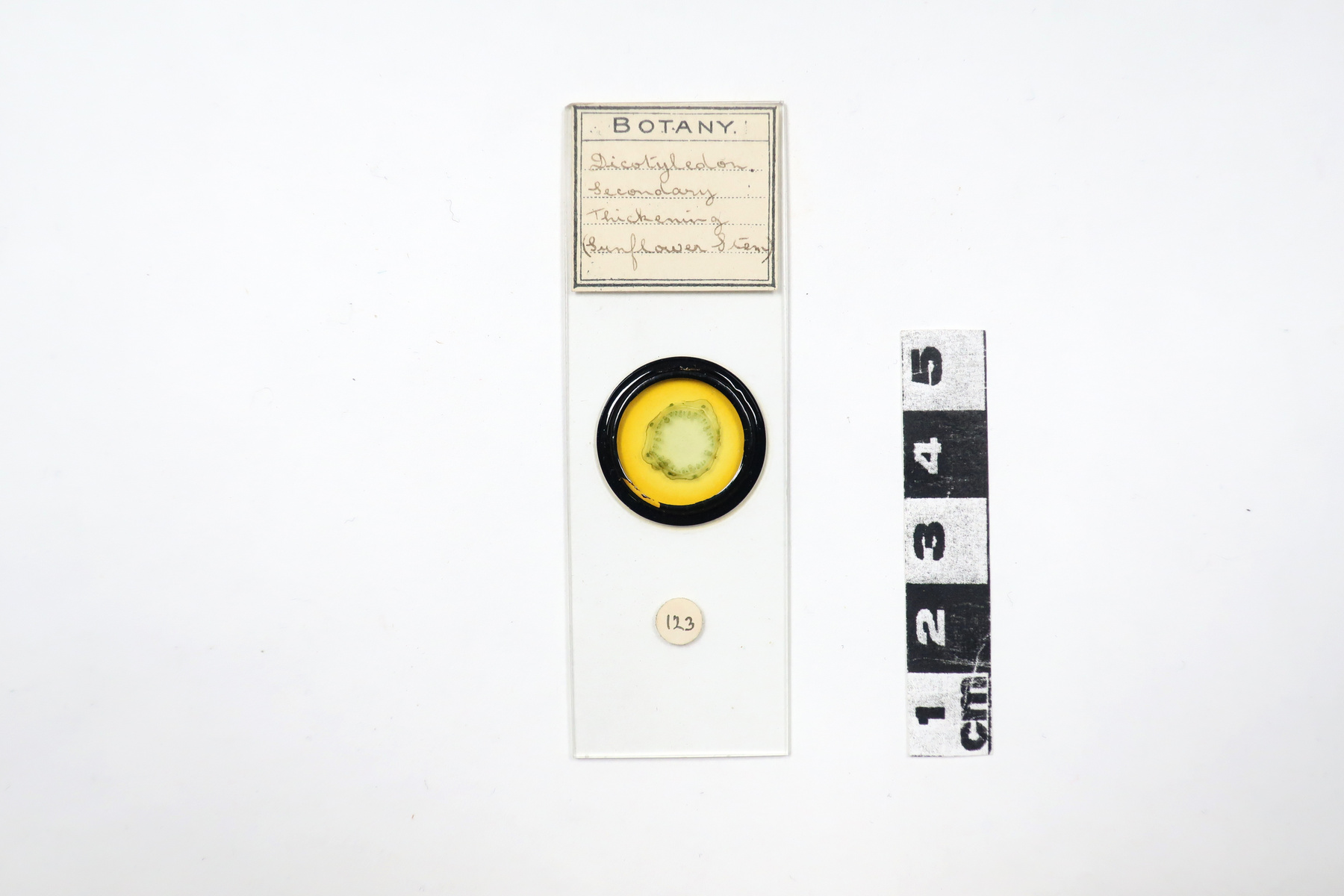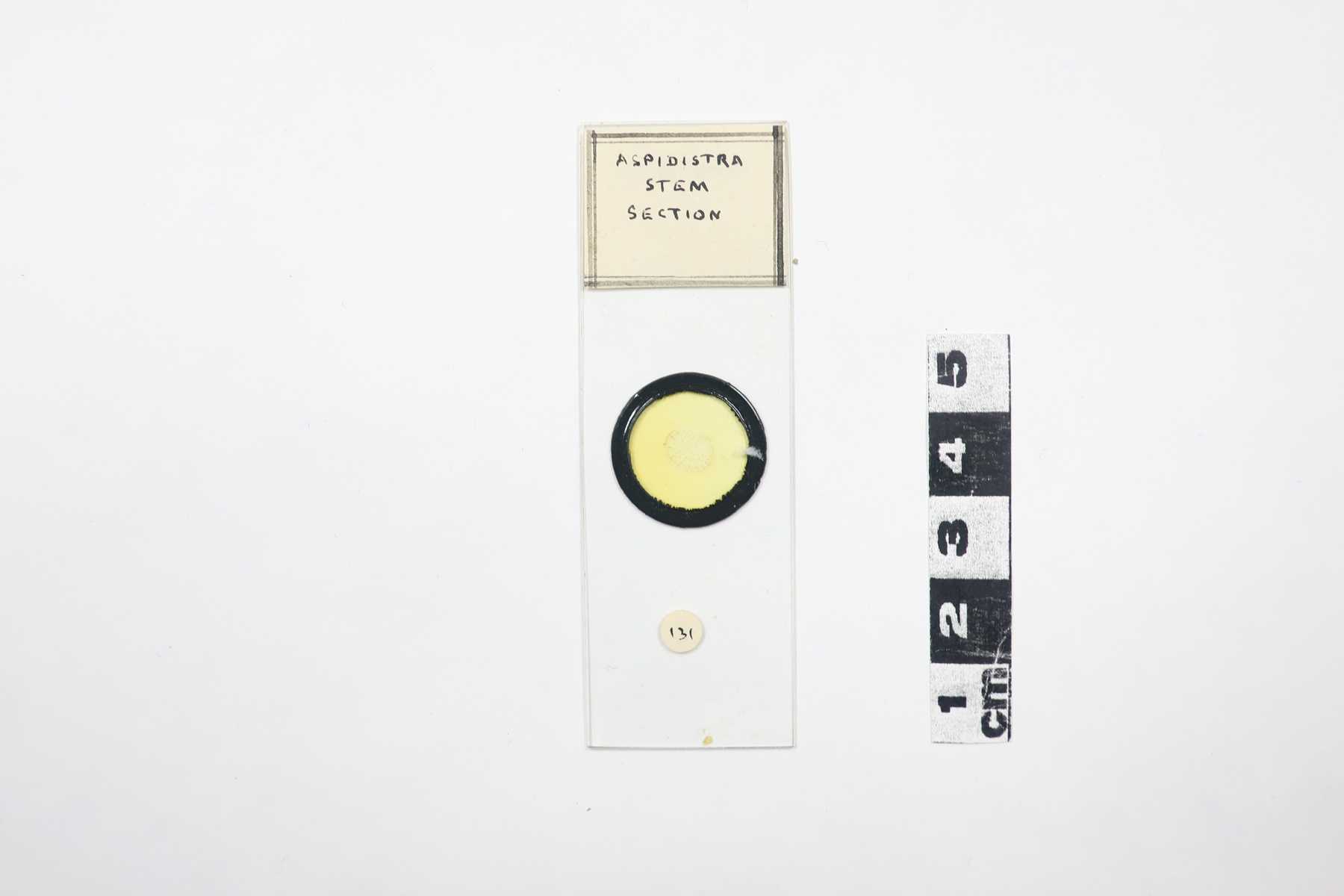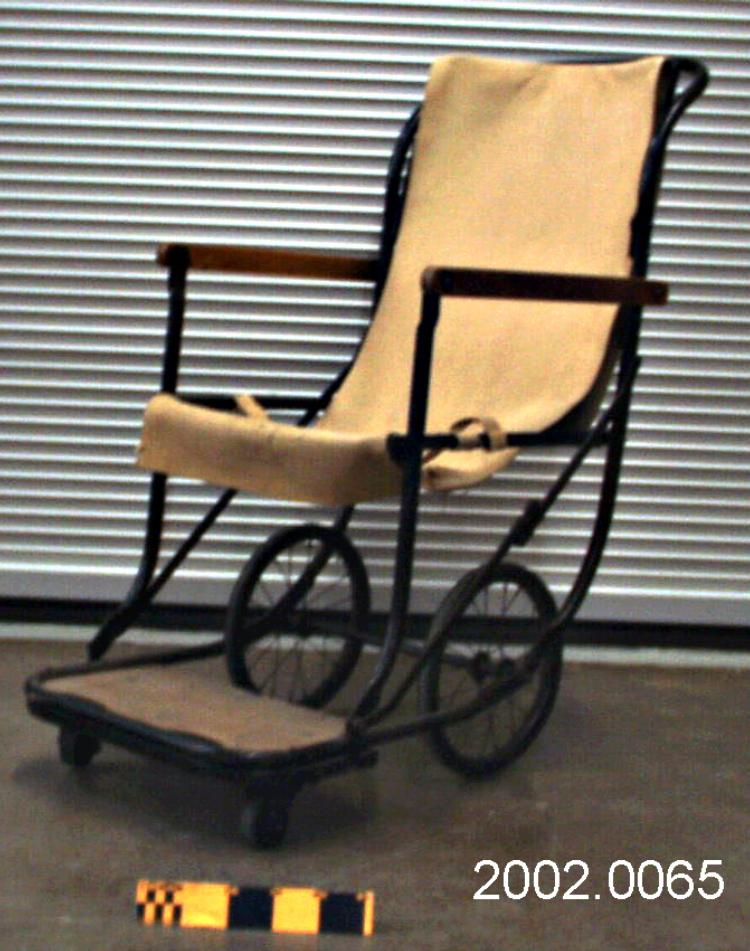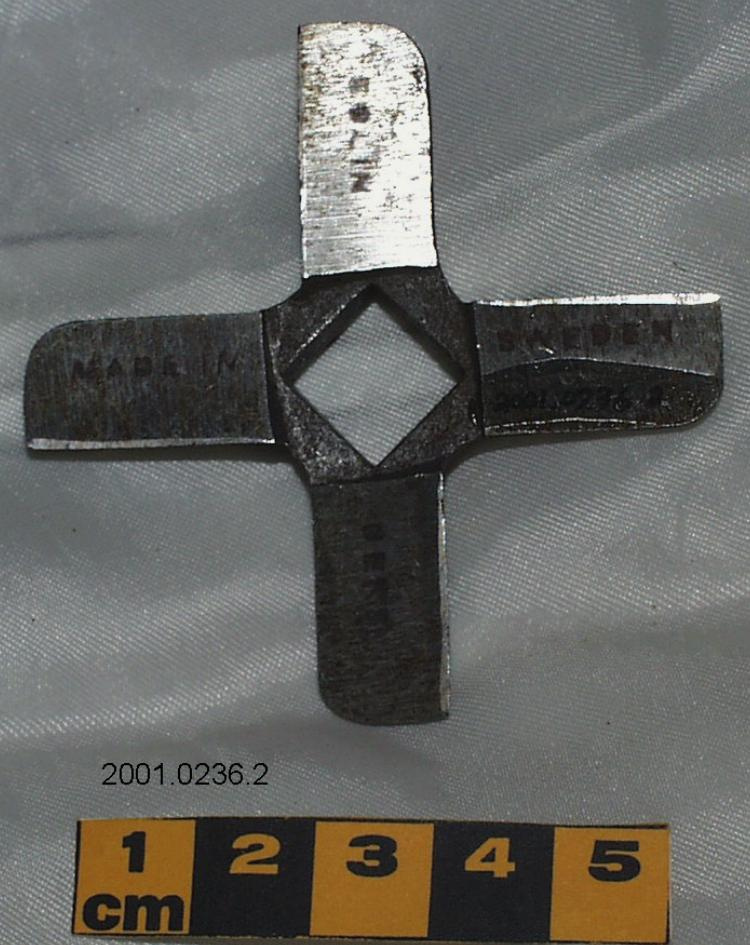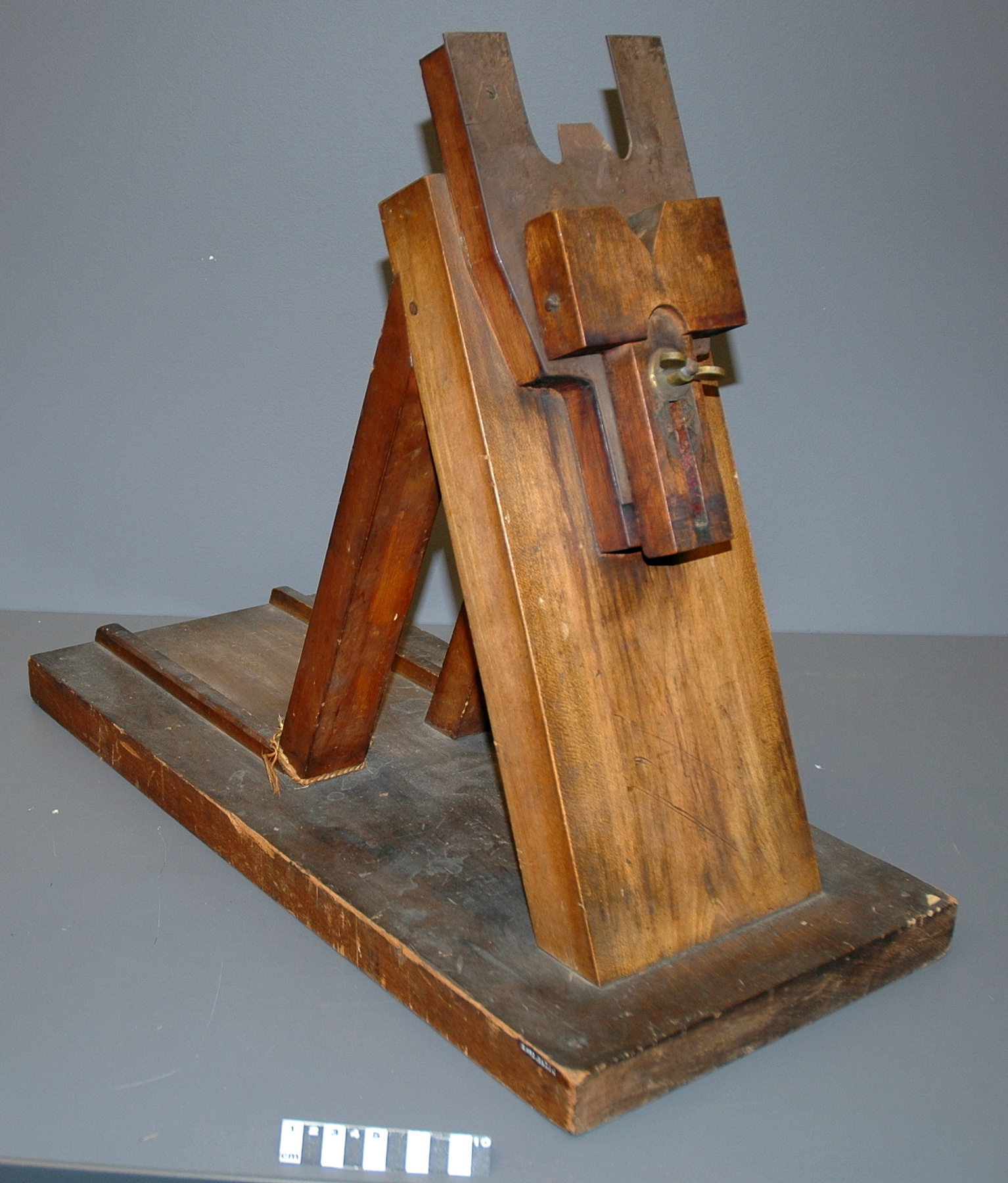Decerebration device, cat
Use this image
Can I reuse this image without permission? Yes
Object images on the Ingenium Collection’s portal have the following Creative Commons license:
Copyright Ingenium / CC BY-NC-ND (Attribution-NonCommercial 4.0 International (CC BY-NC 4.0)
ATTRIBUTE THIS IMAGE
Ingenium,
2002.0621.001
Permalink:
Ingenium is releasing this image under the Creative Commons licensing framework, and encourages downloading and reuse for non-commercial purposes. Please acknowledge Ingenium and cite the artifact number.
DOWNLOAD IMAGEPURCHASE THIS IMAGE
This image is free for non-commercial use.
For commercial use, please consult our Reproduction Fees and contact us to purchase the image.
- OBJECT TYPE
- N/A
- DATE
- 1900–1930
- ARTIFACT NUMBER
- 2002.0621.001
- MANUFACTURER
- Sherrington Laboratory, Dr. Charles Scott
- MODEL
- Unknown
- LOCATION
- England
More Information
General Information
- Serial #
- N/A
- Part Number
- 1
- Total Parts
- 3
- AKA
- guillotine
- Patents
- N/A
- General Description
- Dark brown wooden base and supports; metal fittings (including blade); natural fibre rope tie.
Dimensions
Note: These reflect the general size for storage and are not necessarily representative of the object's true dimensions.
- Length
- 66.0 cm
- Width
- 29.7 cm
- Height
- 52.0 cm
- Thickness
- N/A
- Weight
- N/A
- Diameter
- N/A
- Volume
- N/A
Lexicon
- Group
- Medical Technology
- Category
- Research
- Sub-Category
- N/A
Manufacturer
- AKA
- Sherrington
- Country
- England
- State/Province
- Unknown
- City
- Unknown
Context
- Country
- Canada
- State/Province
- Ontario
- Period
- Presumably used c. 1900- 1930s, and possibly later.
- Canada
-
Frederick Miller, for whom this device was made, conducted research into reflexes. He employed Charles Sherrington's method of decerebration in preparing his animal subjects (mostly cats, but also dogs, guinea pigs, and other small animals), and designed his own decerebration clamp to assist with these studies. In his 1931 paper "Spinal, Bulbar and Decerebrate Reflex in the Forelimb", Miller described using " a broad microtome knife struck by a mallet" to obtain the bulbar condition necessary for his experiments. [Ref. 4] - Function
-
Used to position and support cat body during preparation and conduct of medical experiments. - Technical
-
Decerebratrion is the elimination of cerebral brain function in an animal by removing the cerebrum, cutting across the brain stem, or severing certain arteries in the brain stem. - Area Notes
-
Unknown
Details
- Markings
- No markings evident, save "AM5224" printed in red ink on white adhesive sticker on base, and UHN cat. No. "X969.9C" printed by hand in white ink, also on base.
- Missing
- Unknown: appears complete.
- Finish
- Dark brown wooden base and supports; metal fittings (including blade); natural fibre rope tie.
- Decoration
- N/A
CITE THIS OBJECT
If you choose to share our information about this collection object, please cite:
Sherrington Laboratory, Dr. Charles Scott, Decerebration device, cat, circa 1900–1930, Artifact no. 2002.0621, Ingenium – Canada’s Museums of Science and Innovation, http://collections.ingeniumcanada.org/en/item/2002.0621.001/
FEEDBACK
Submit a question or comment about this artifact.
More Like This
